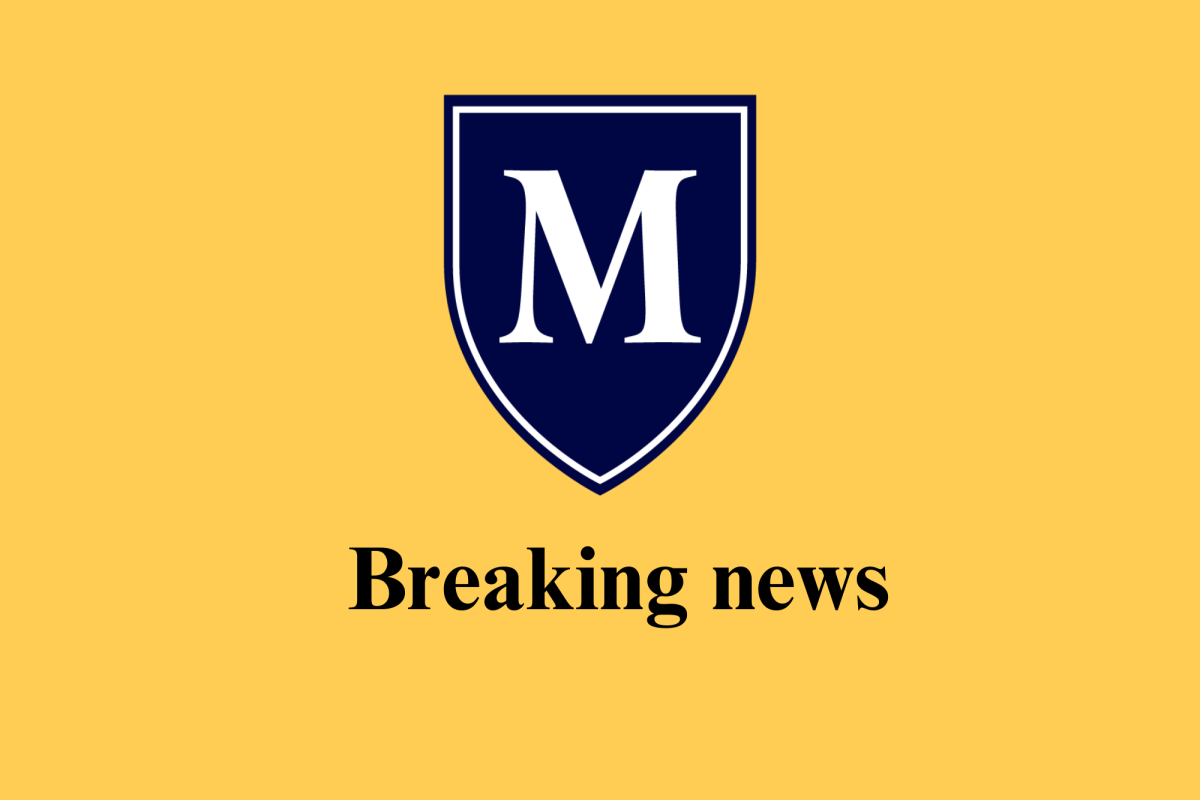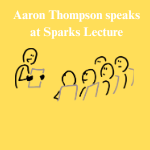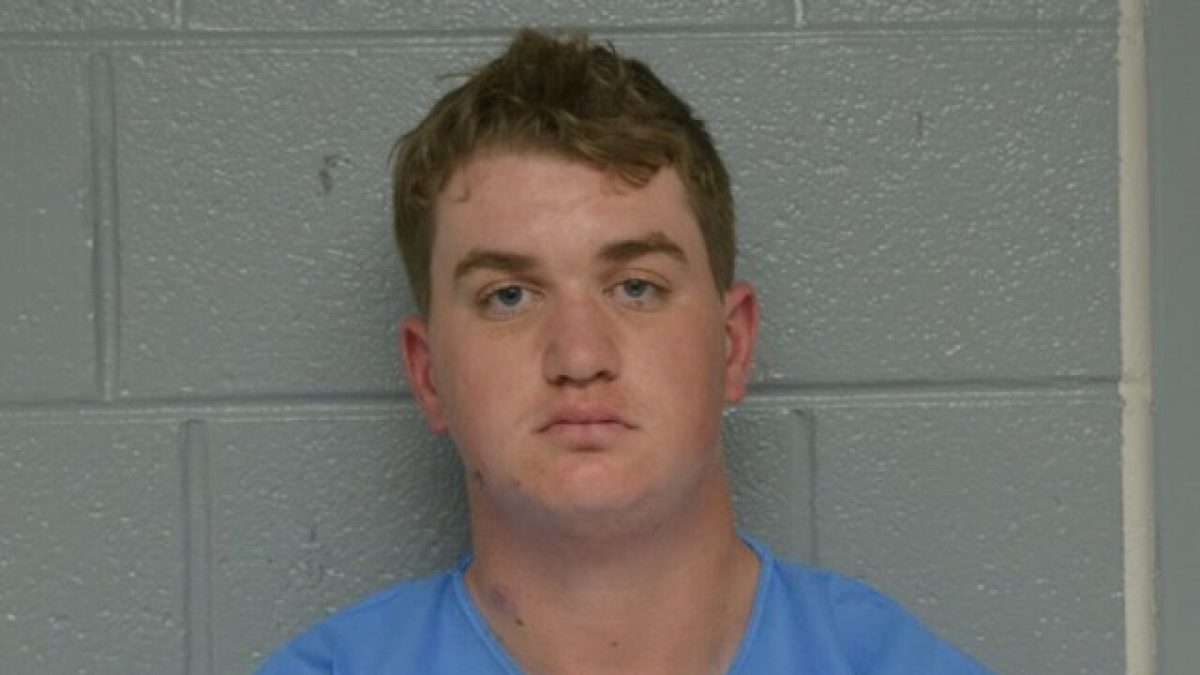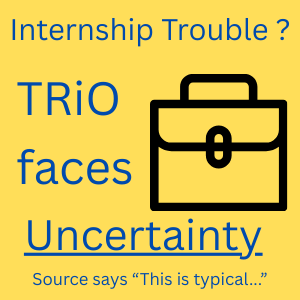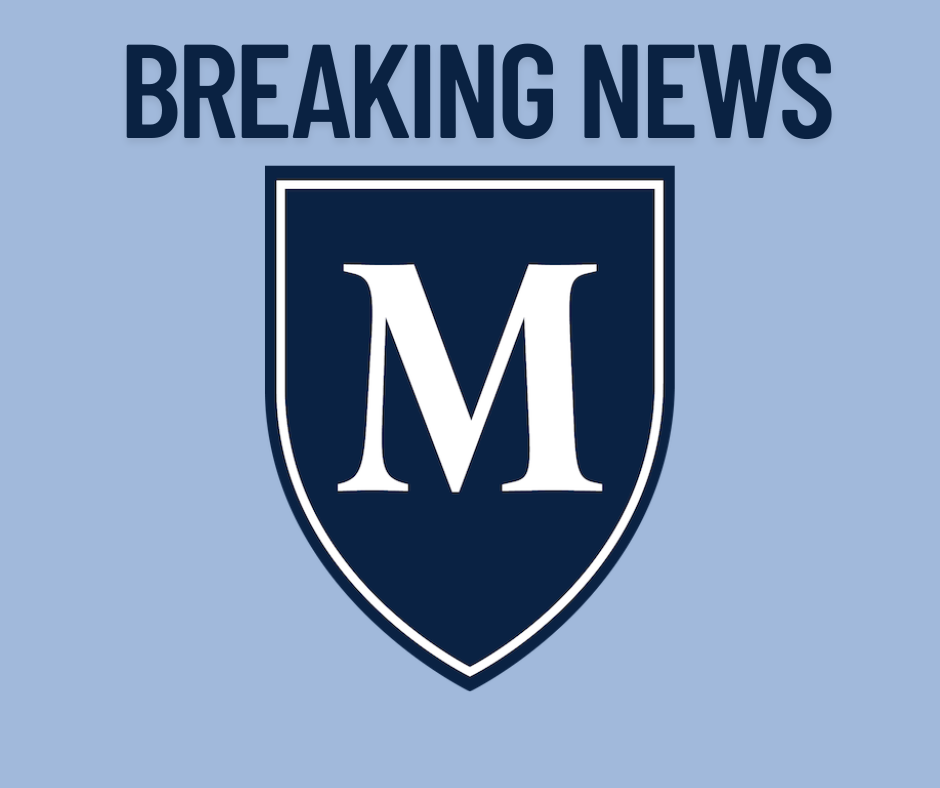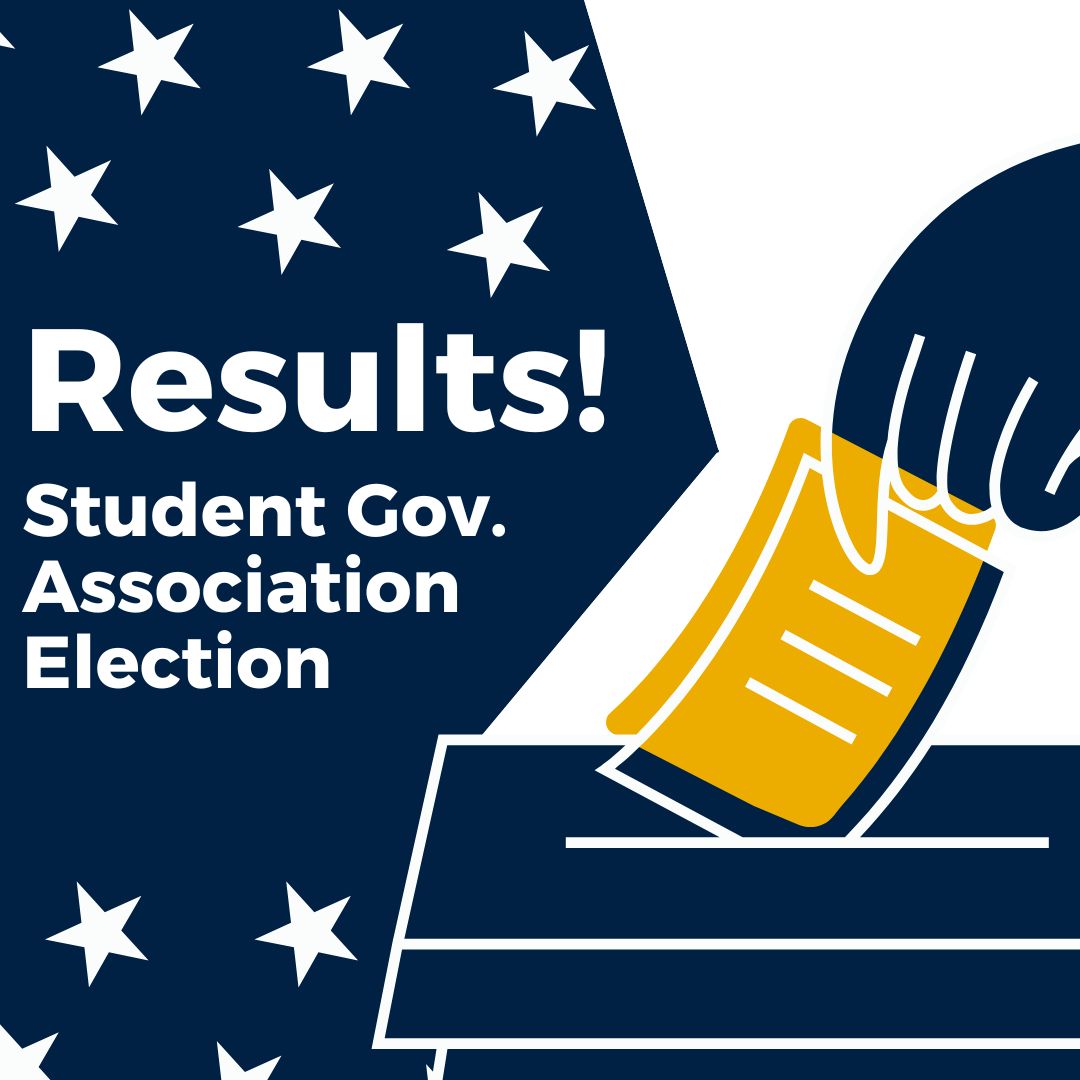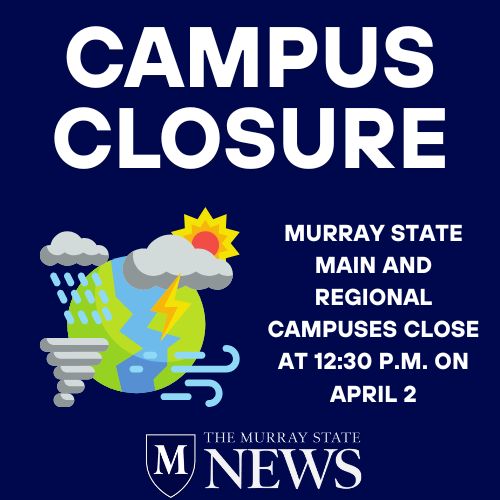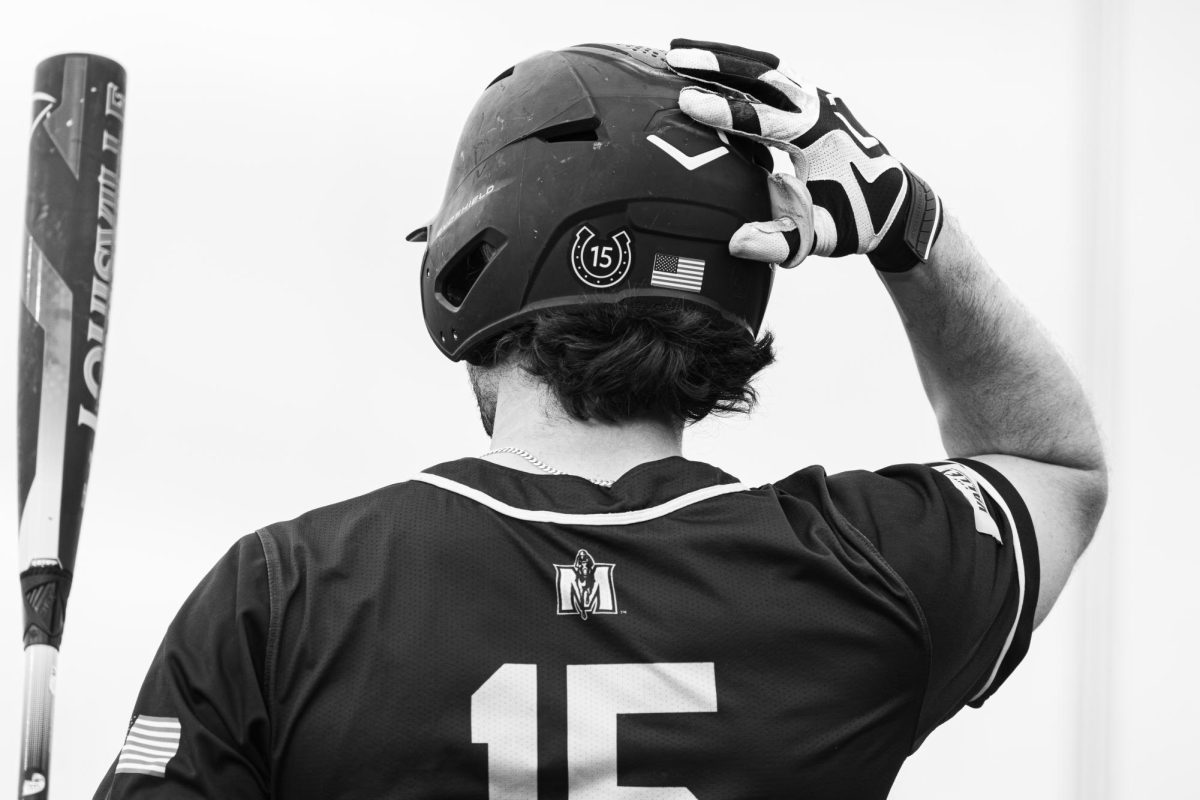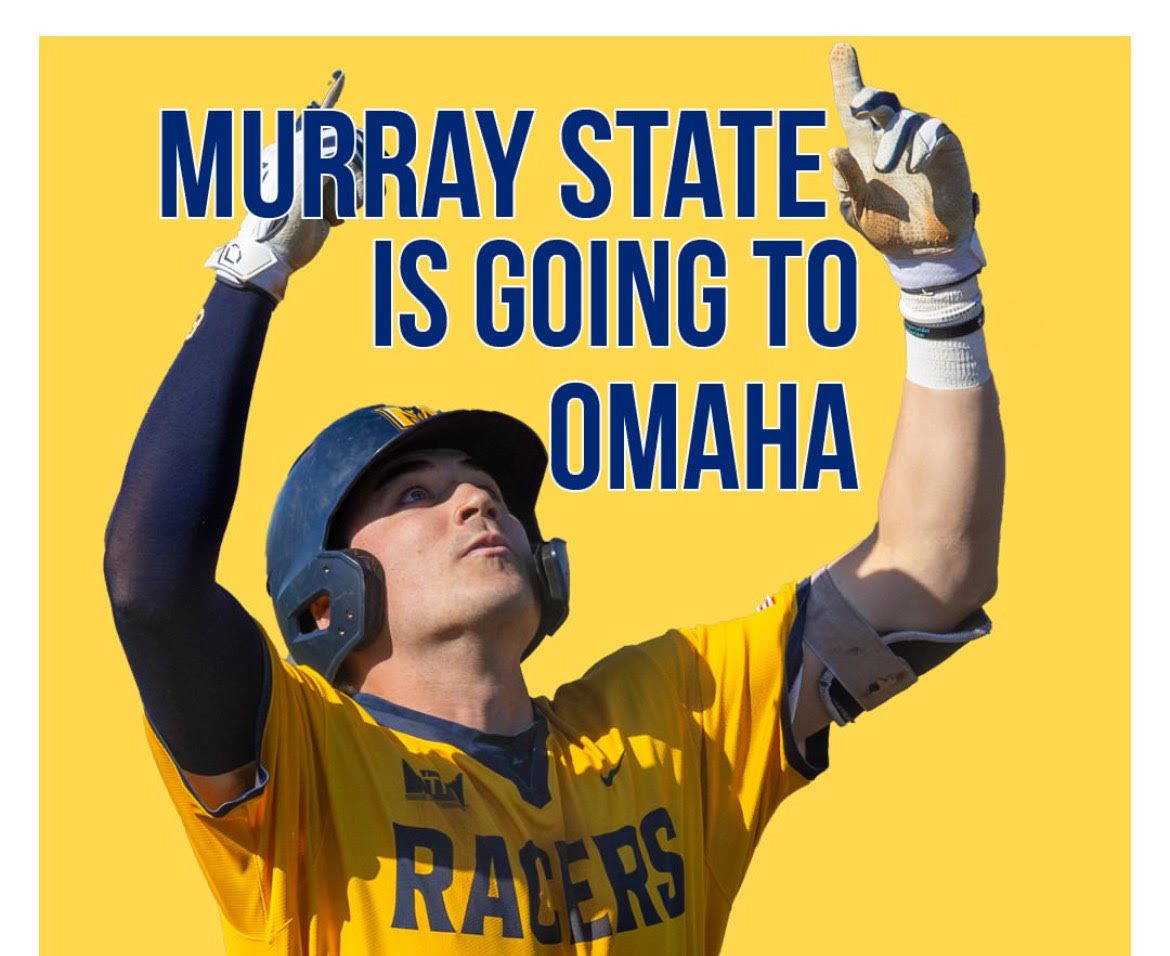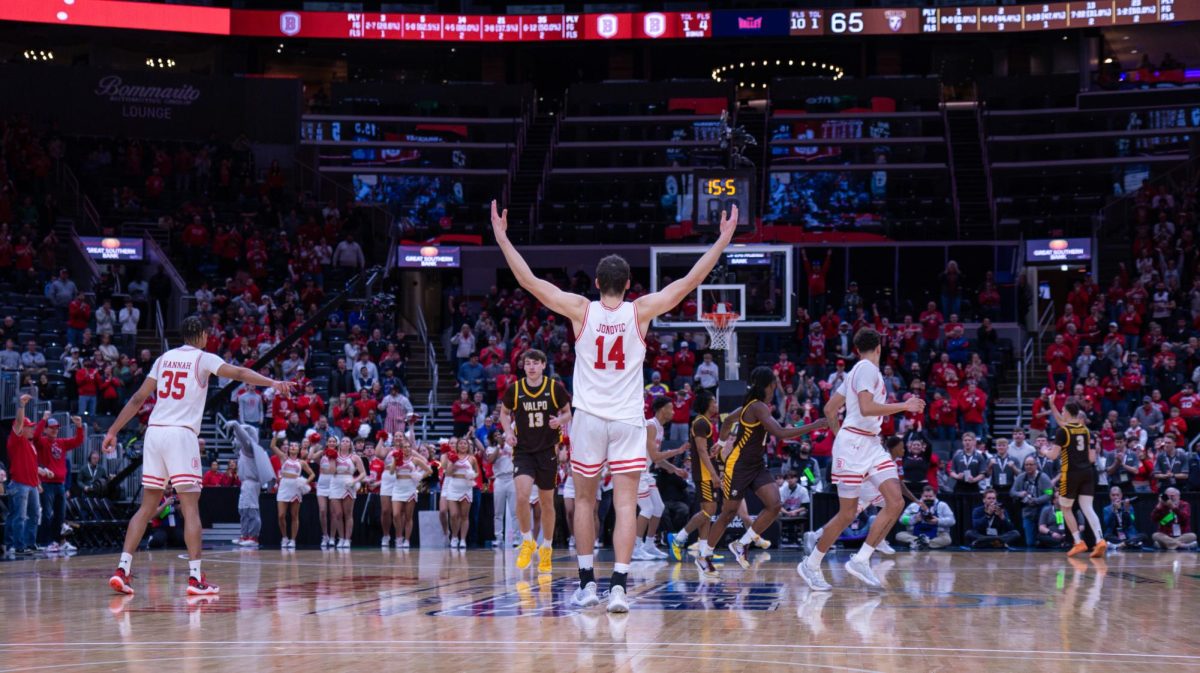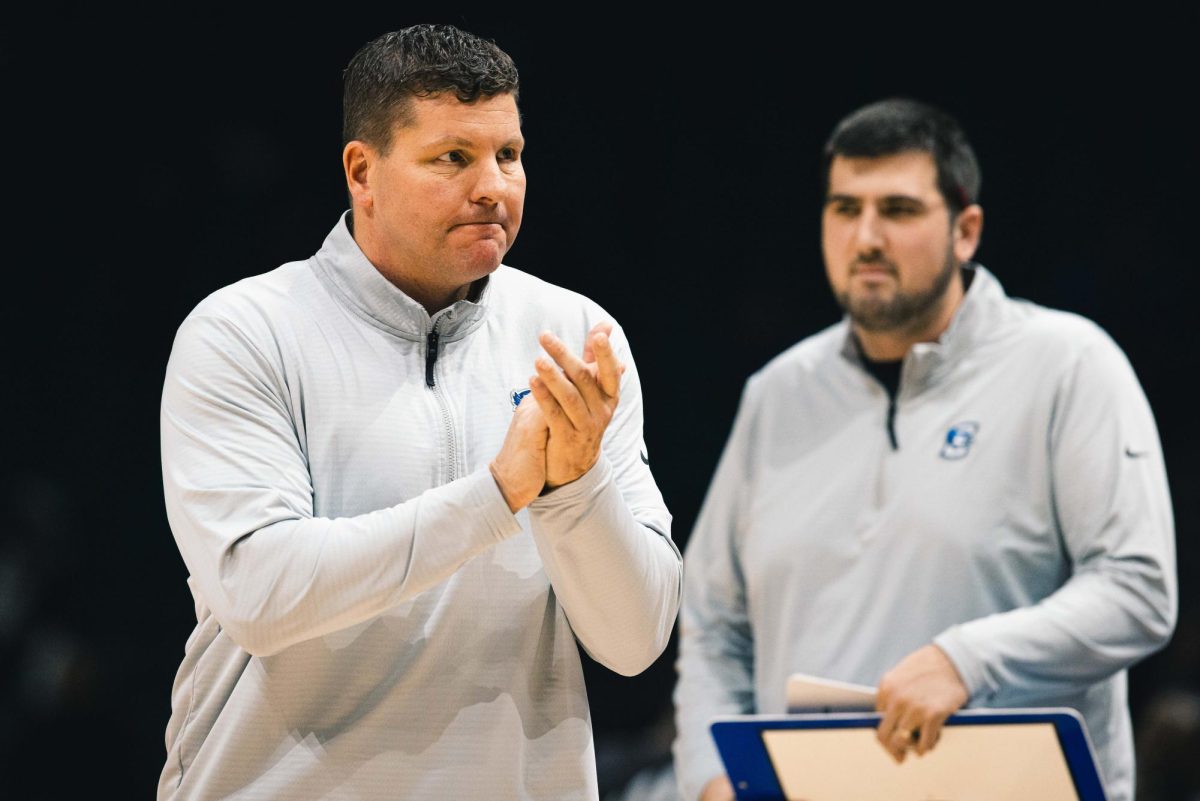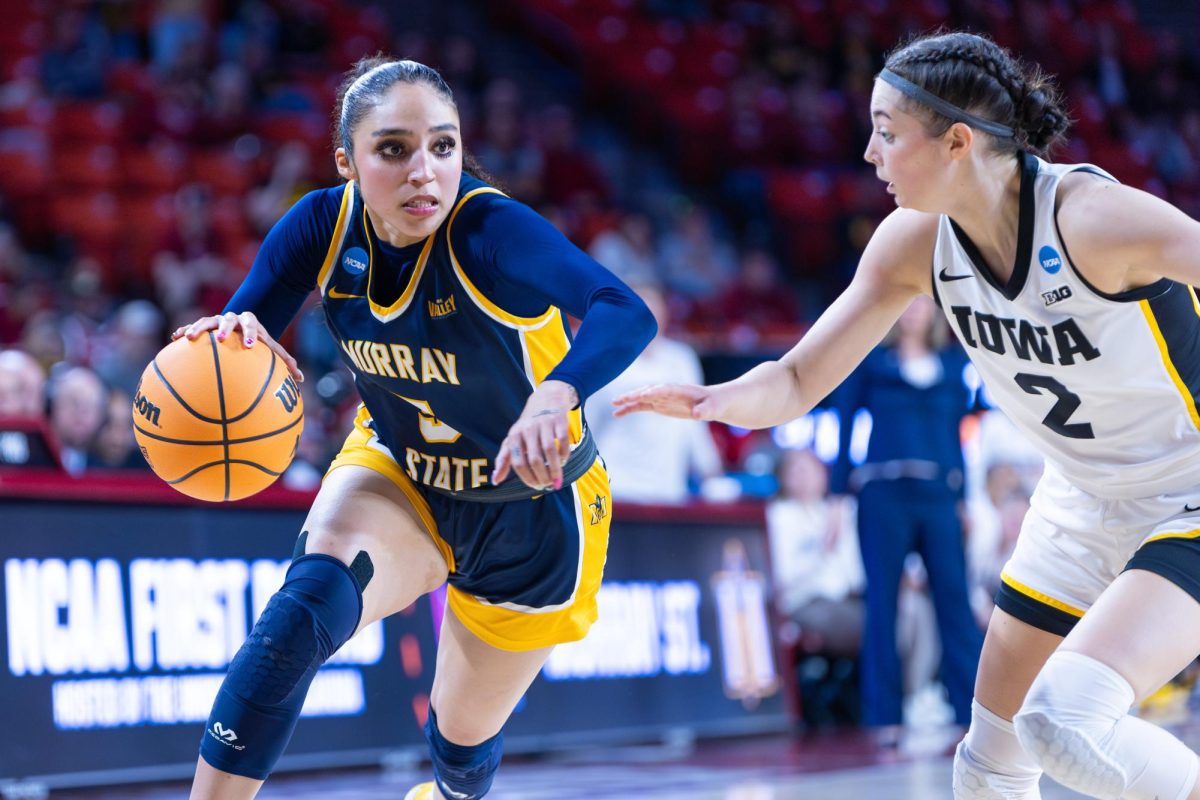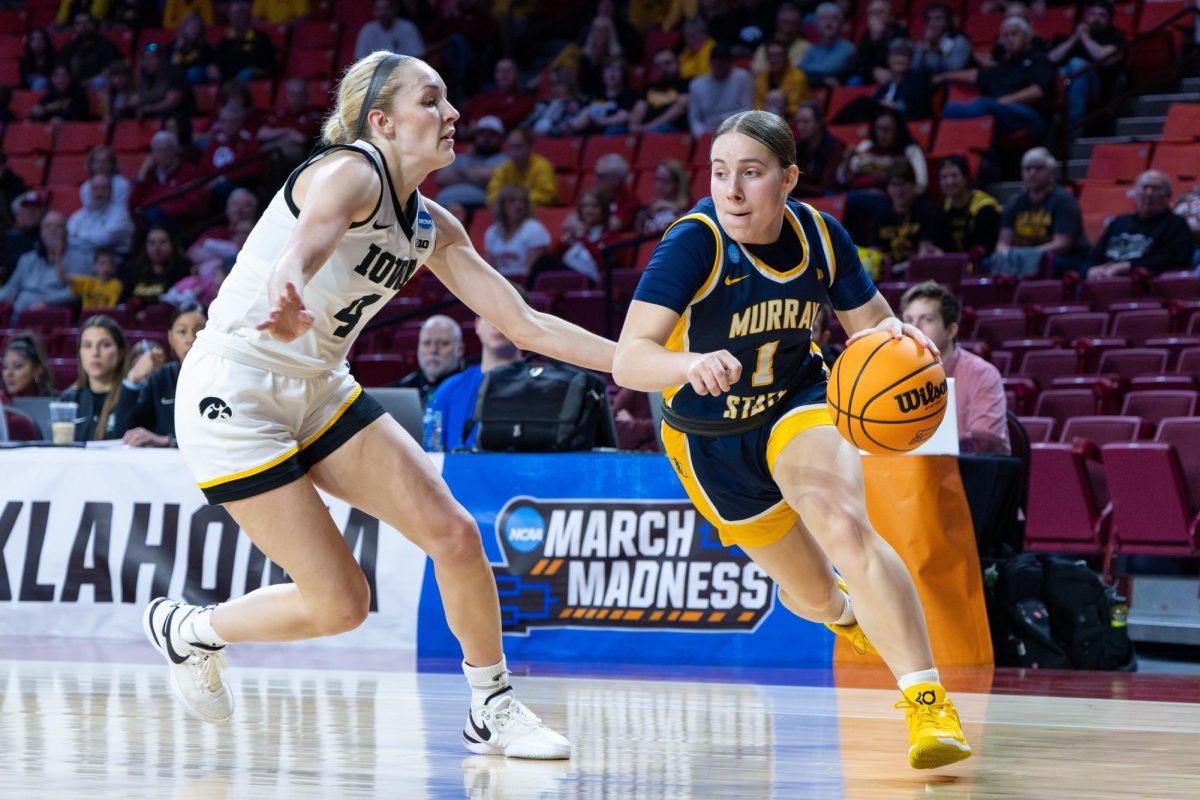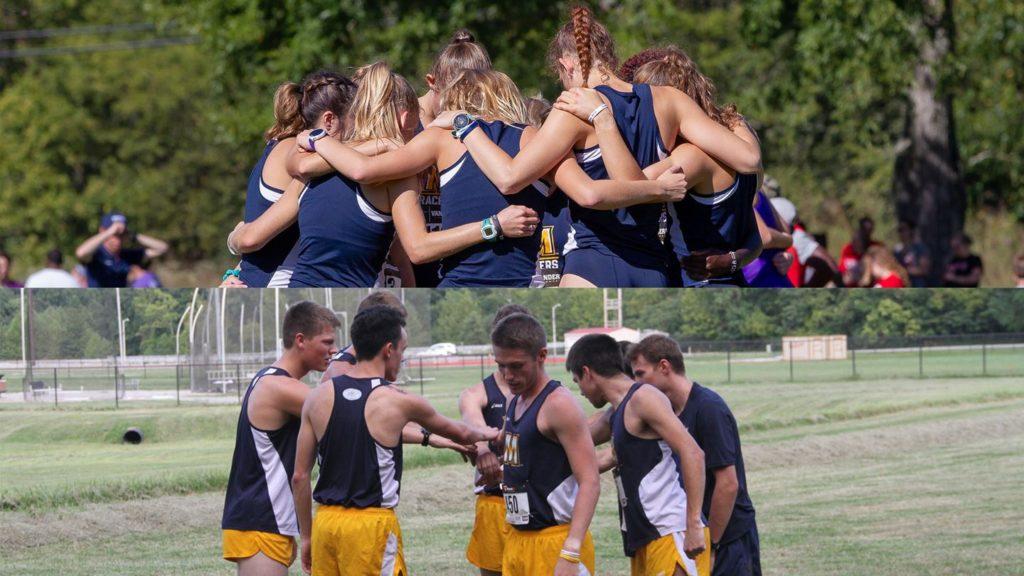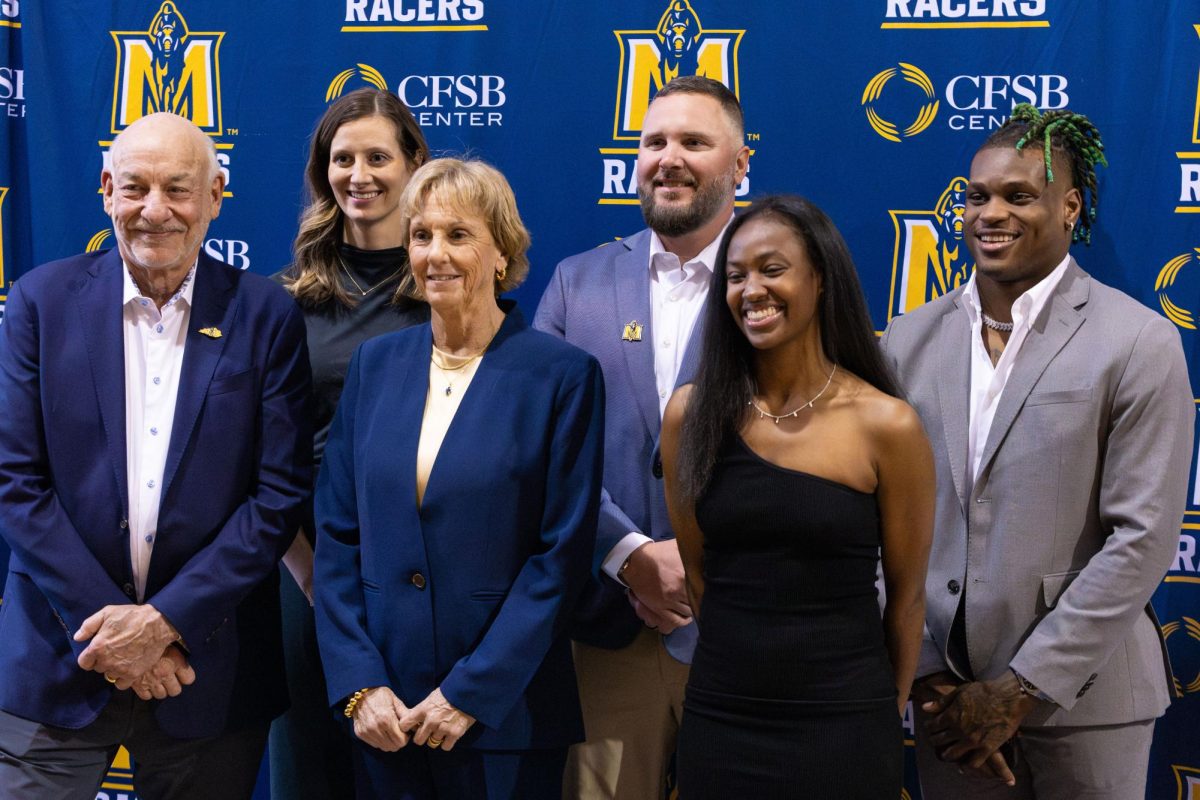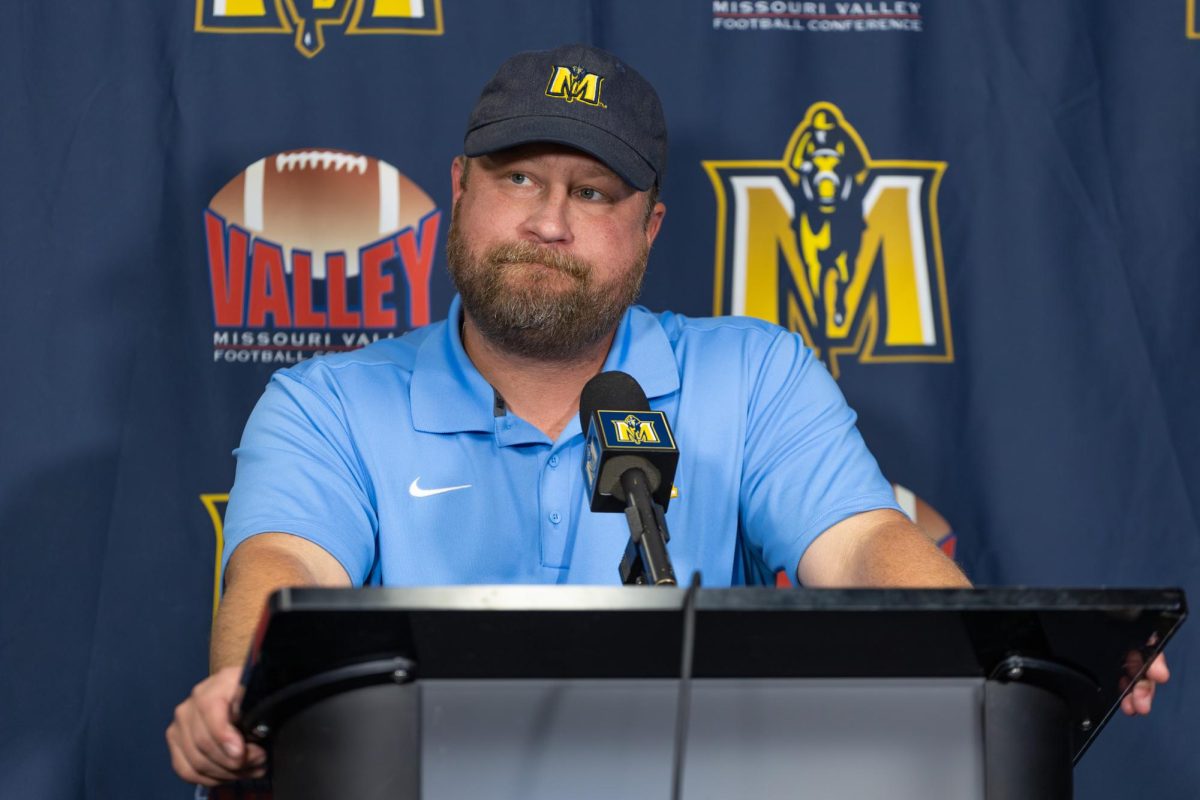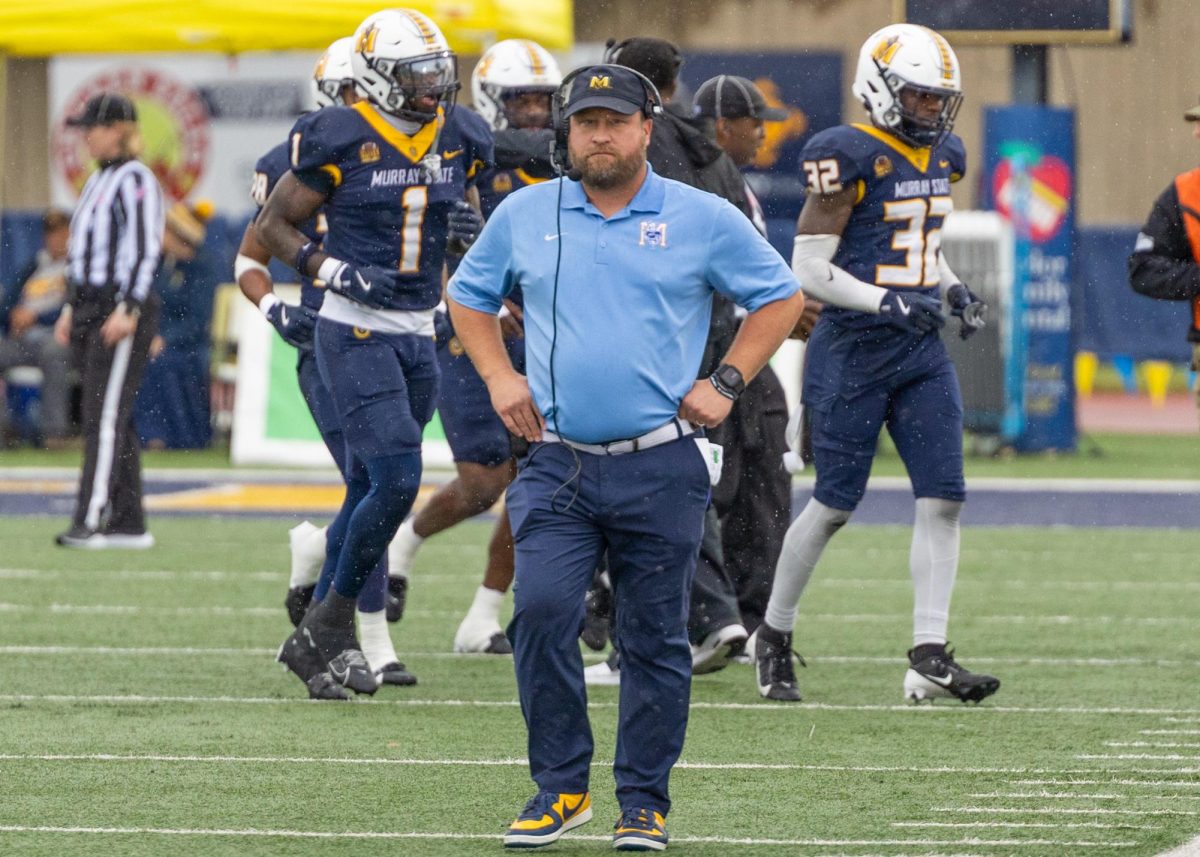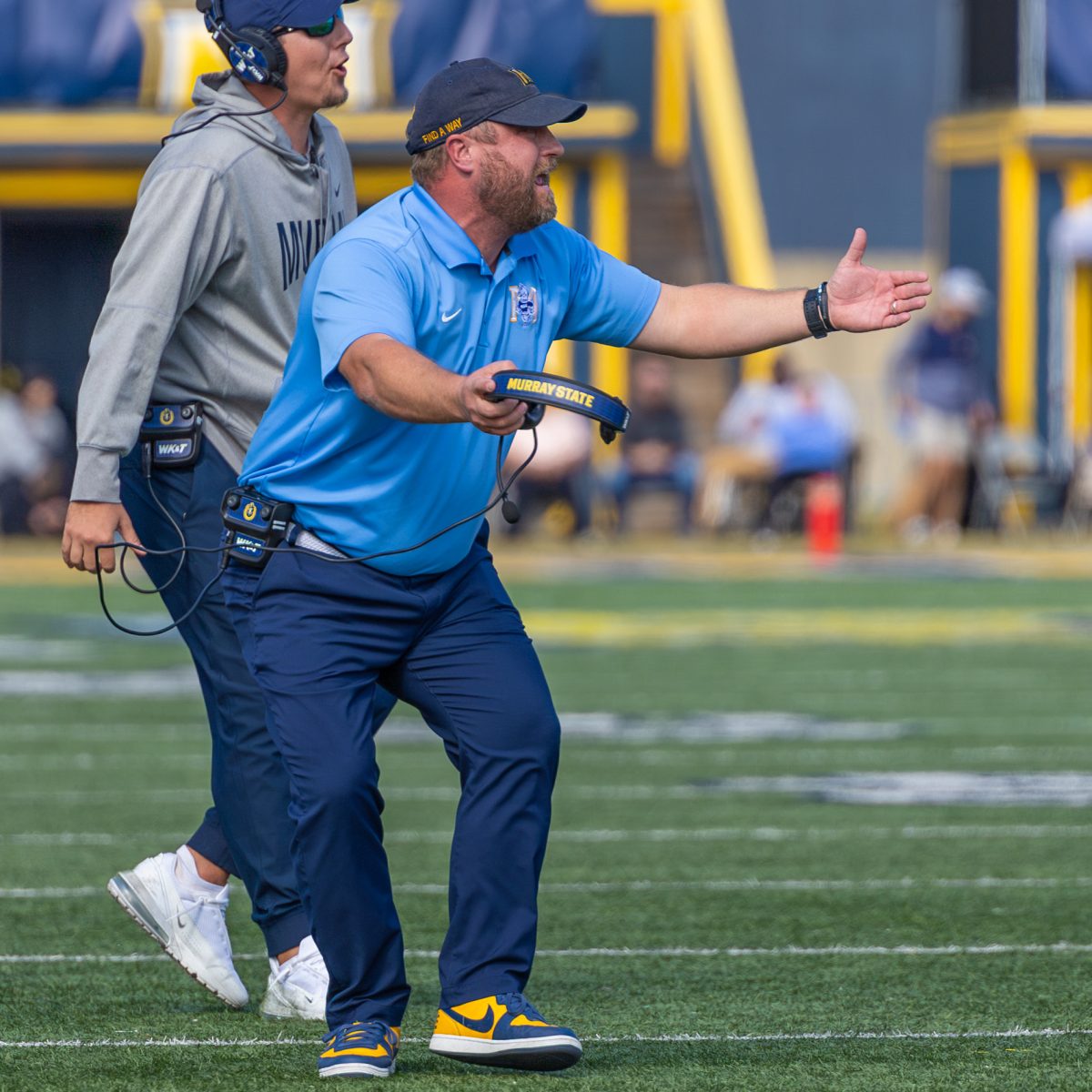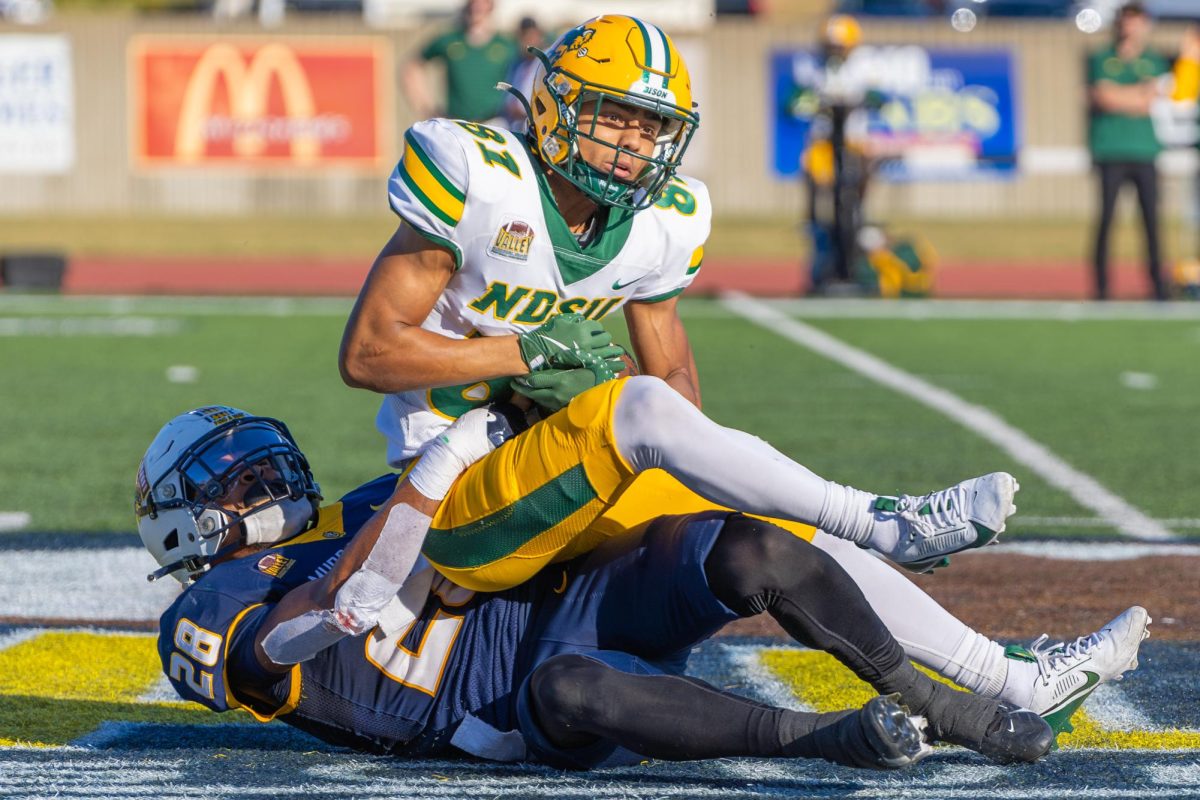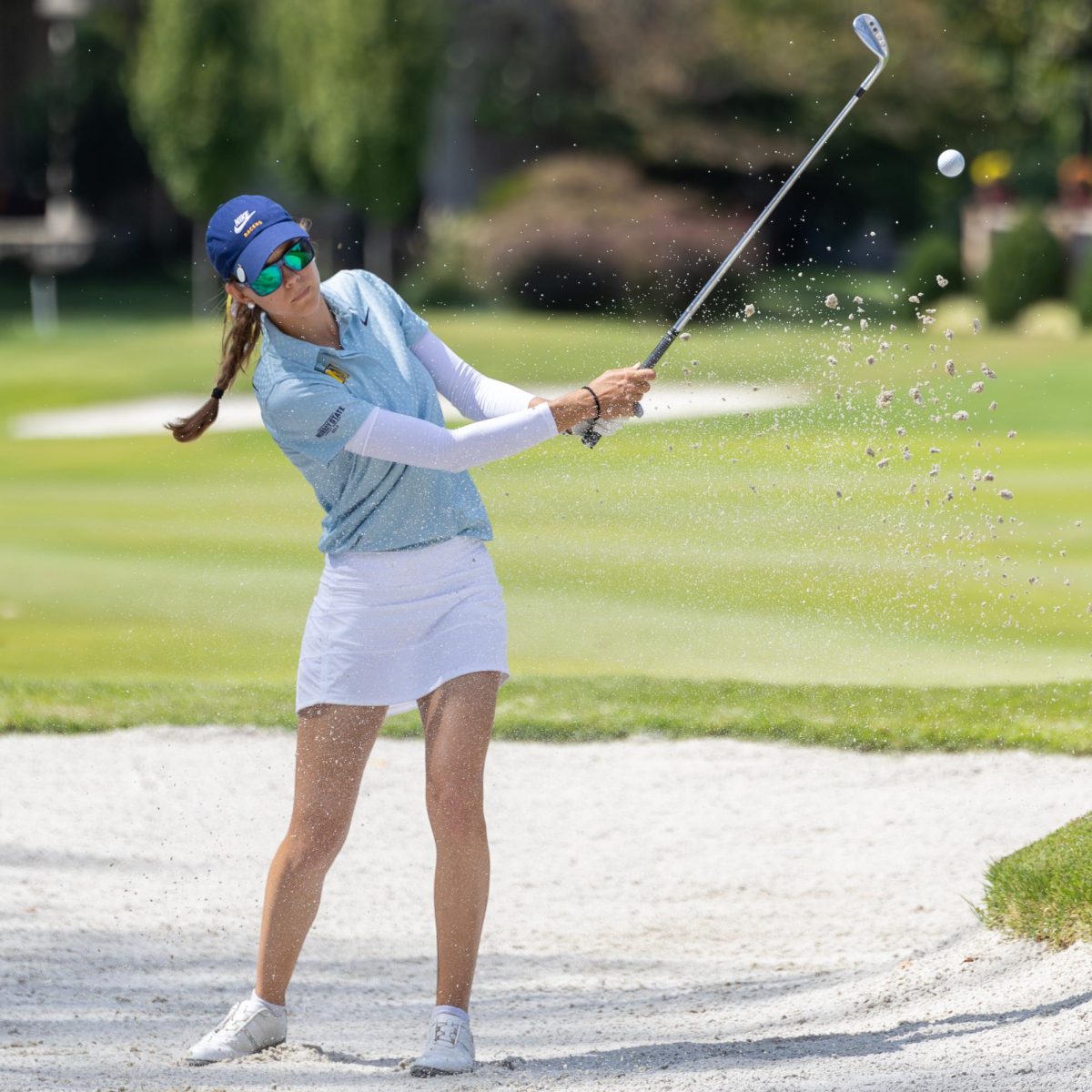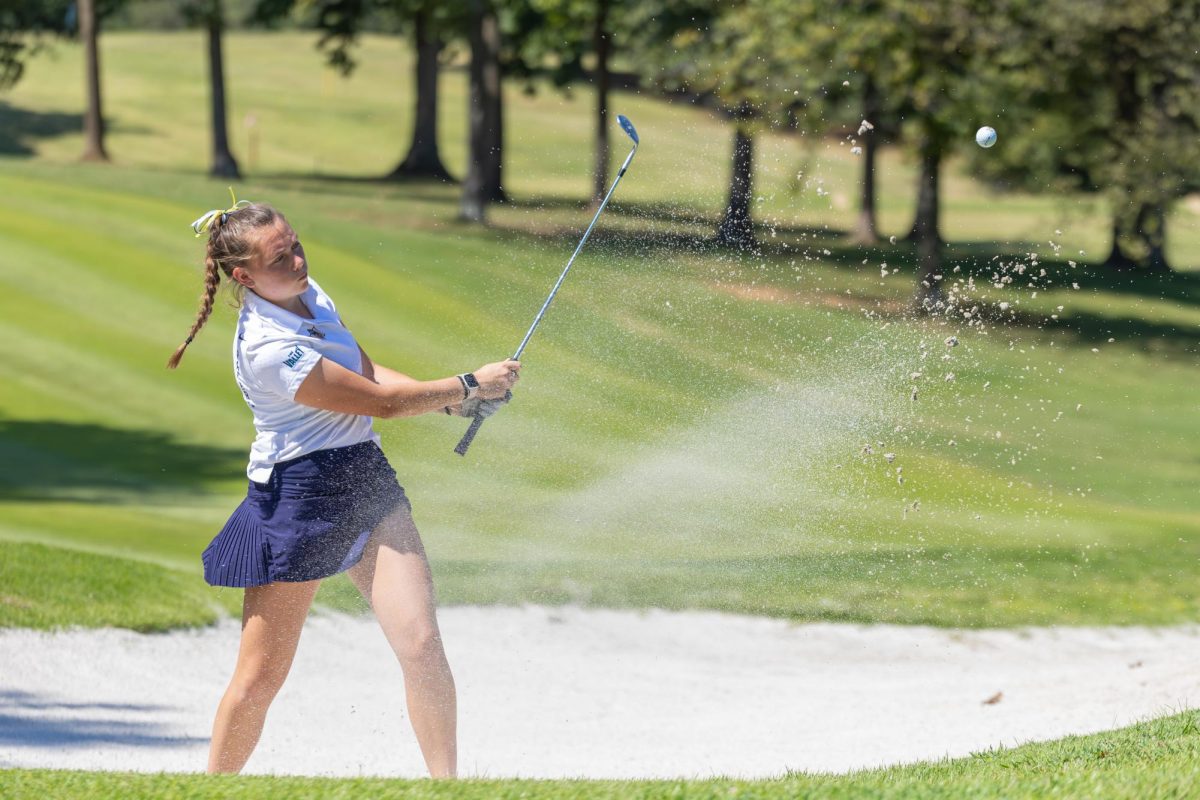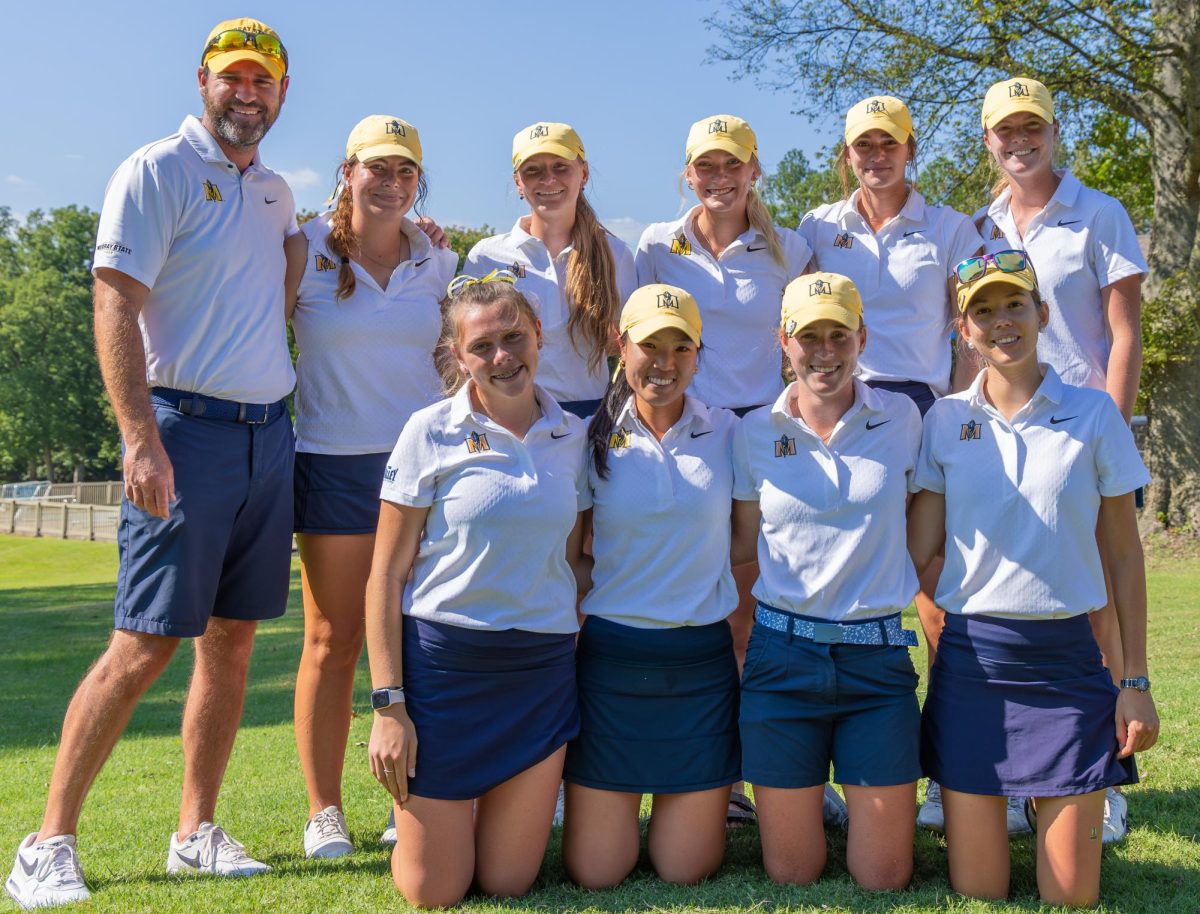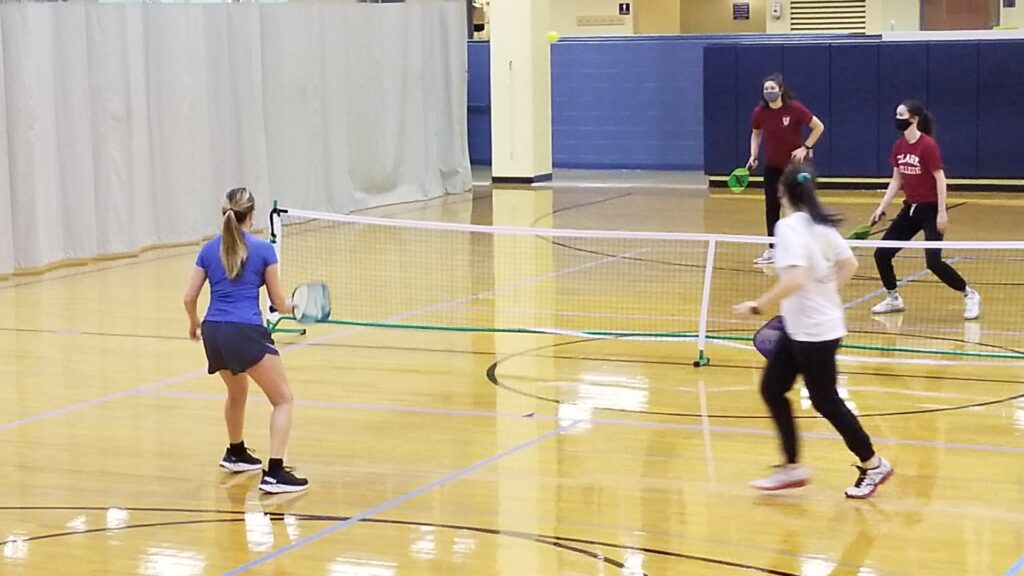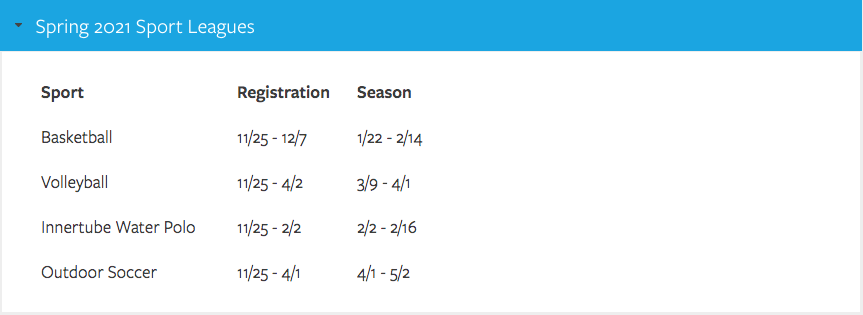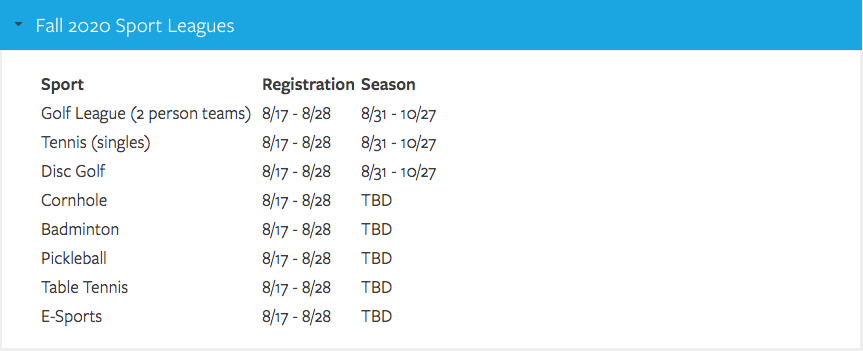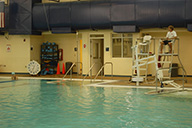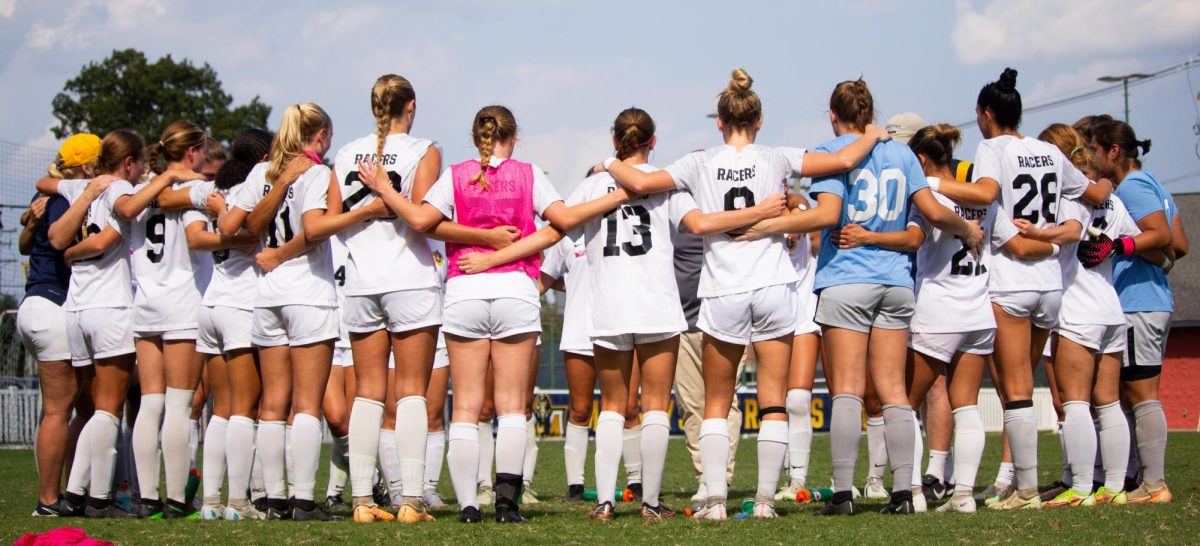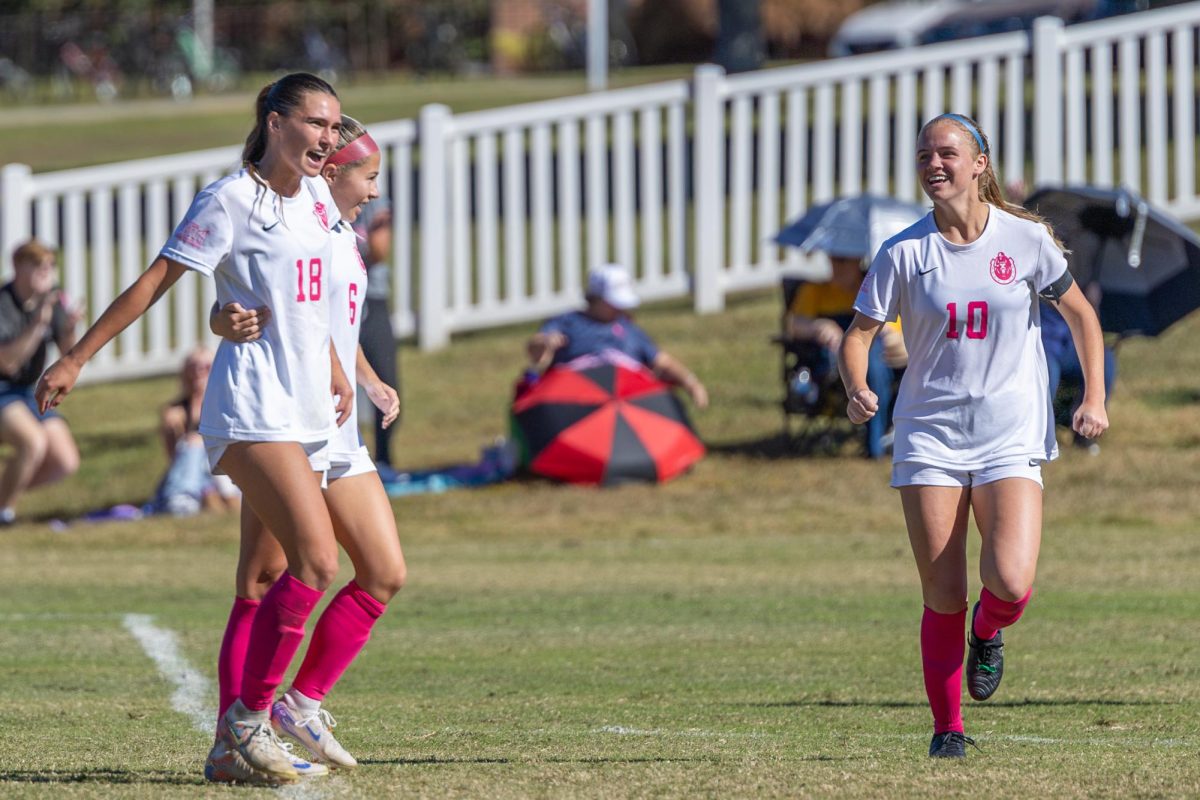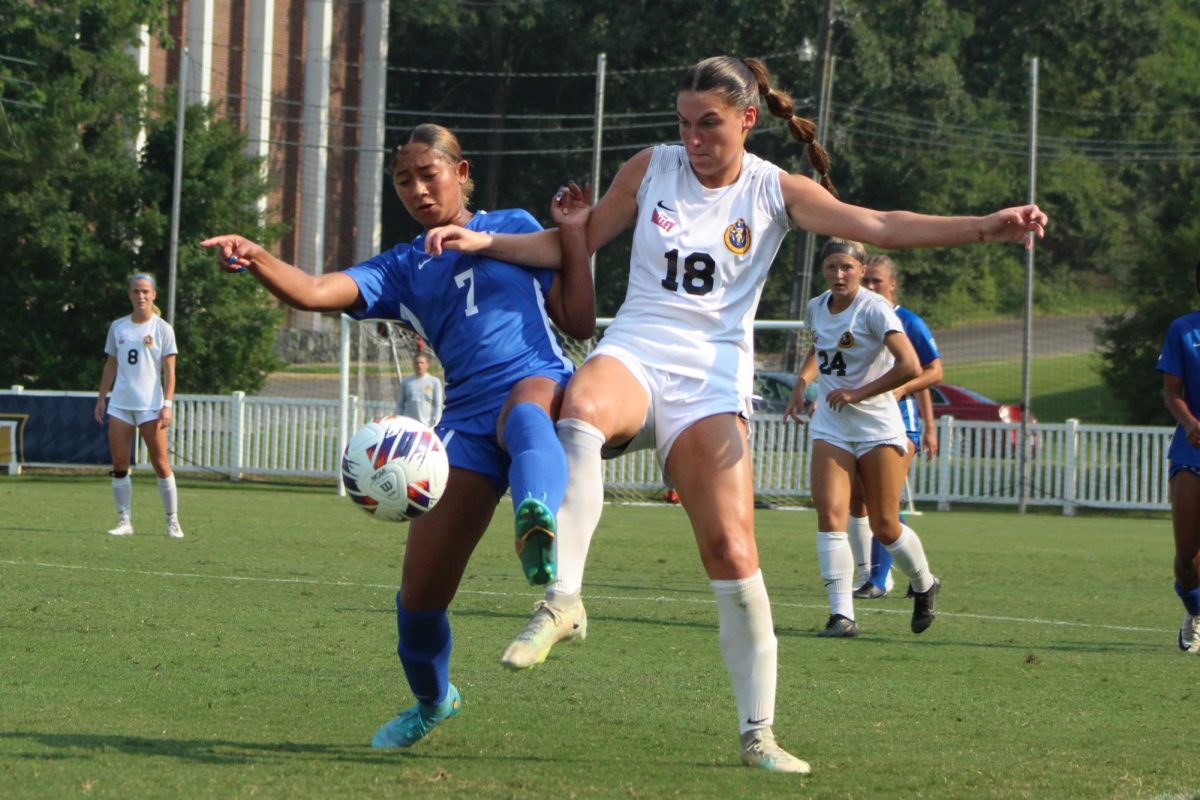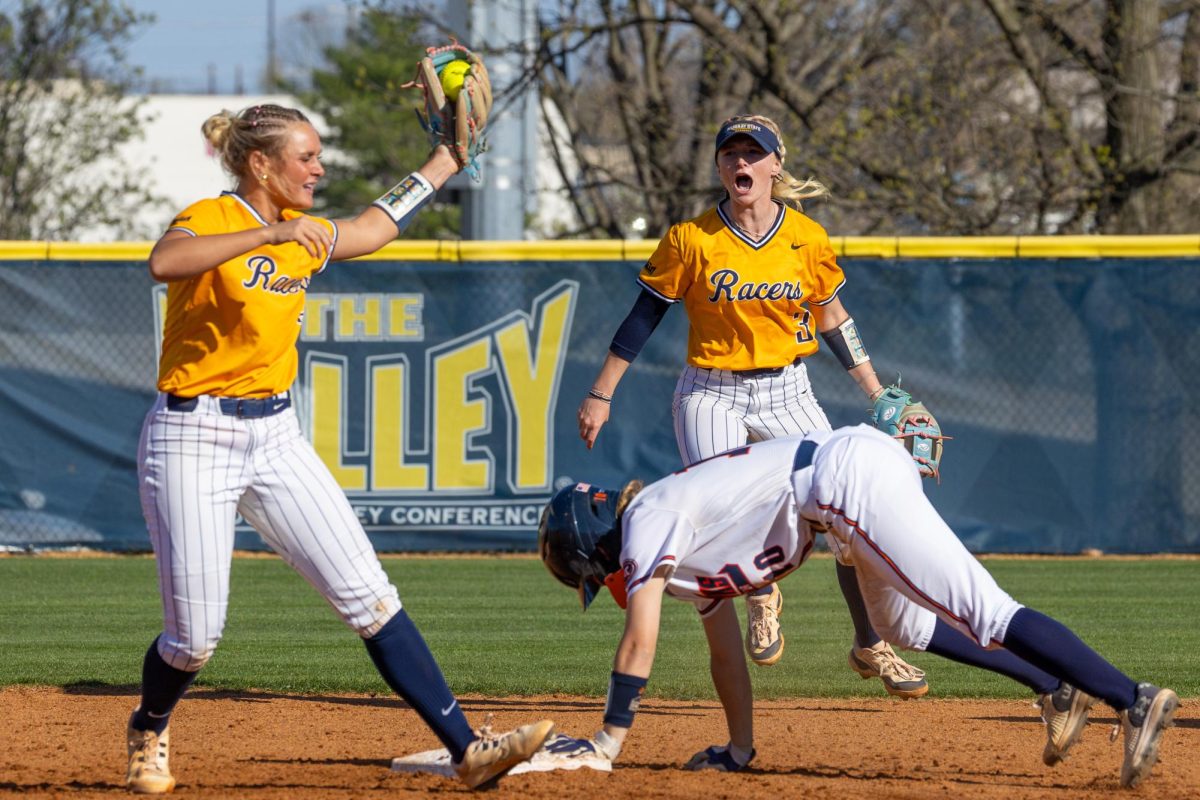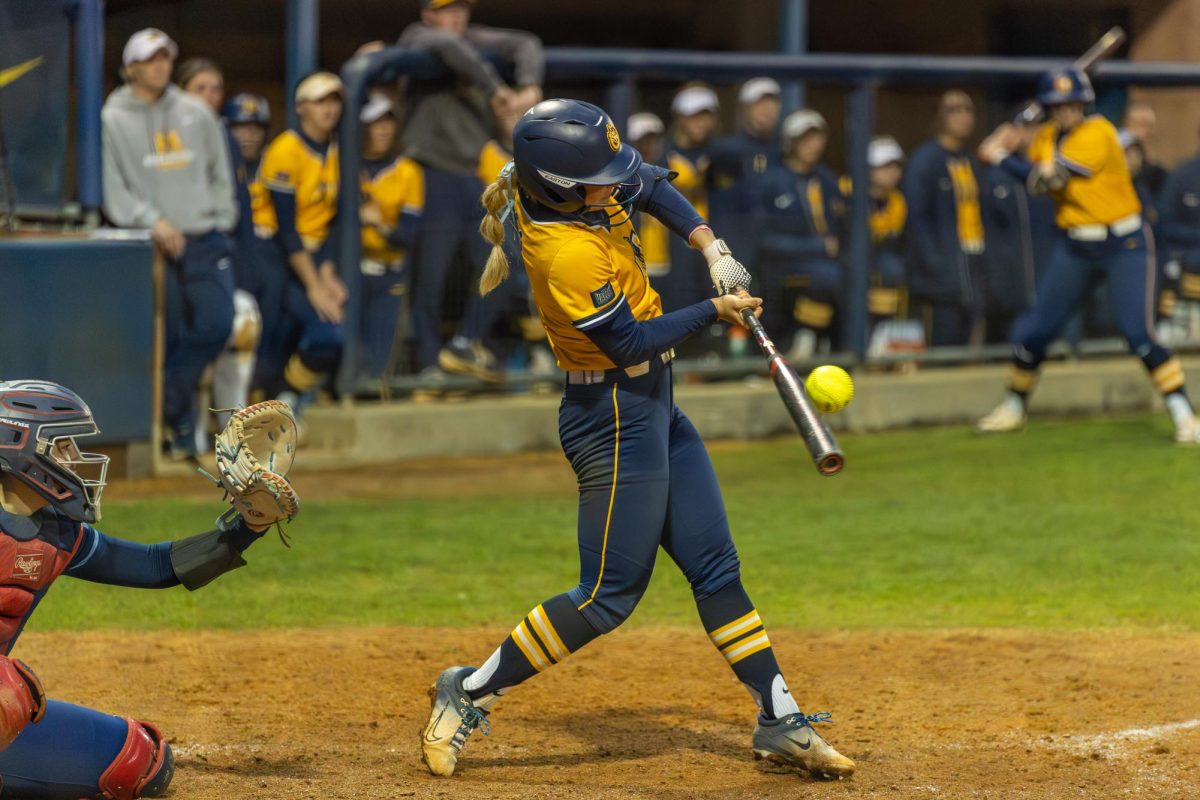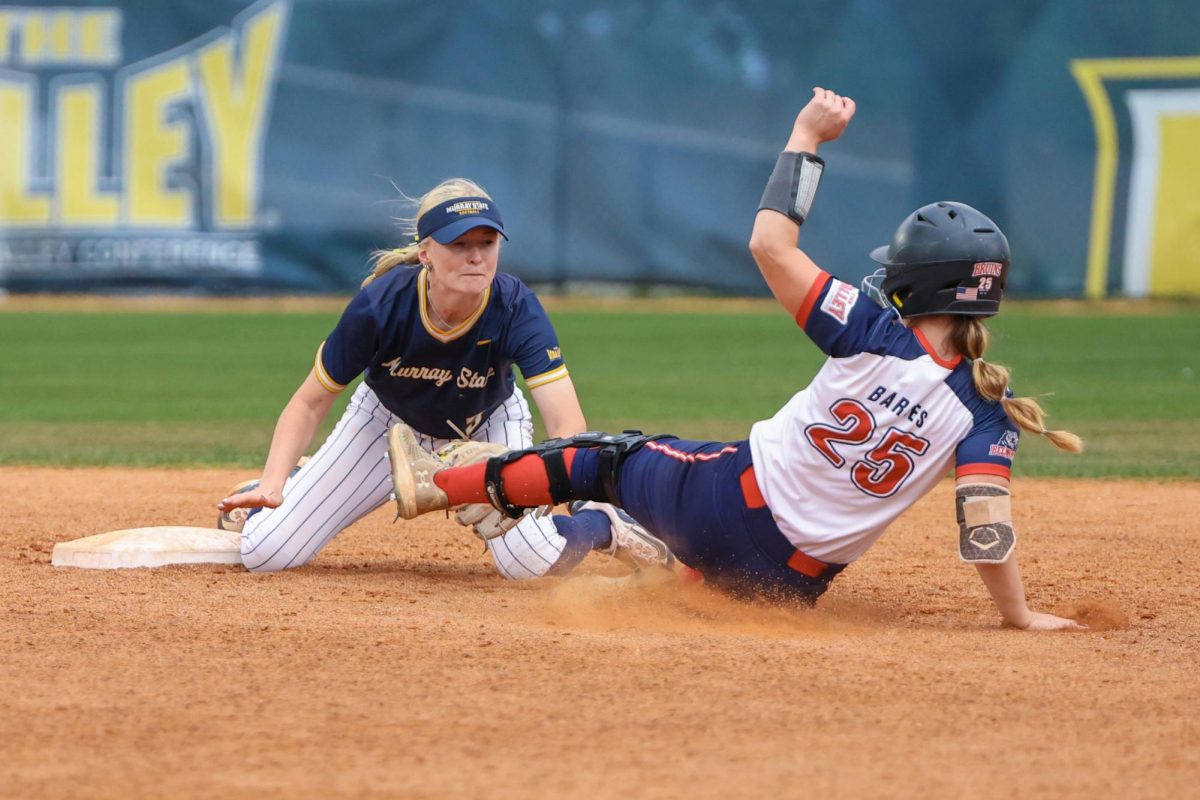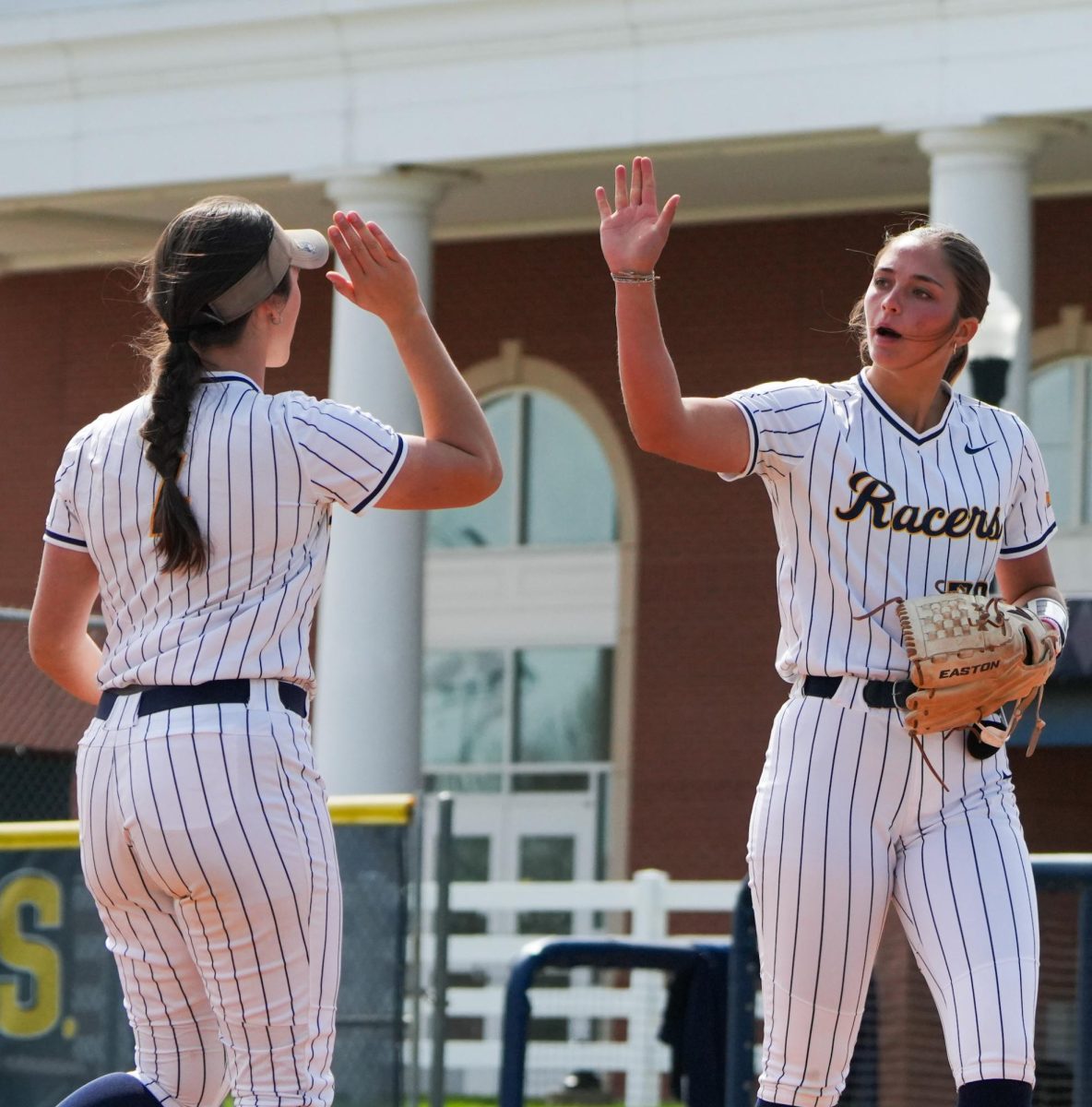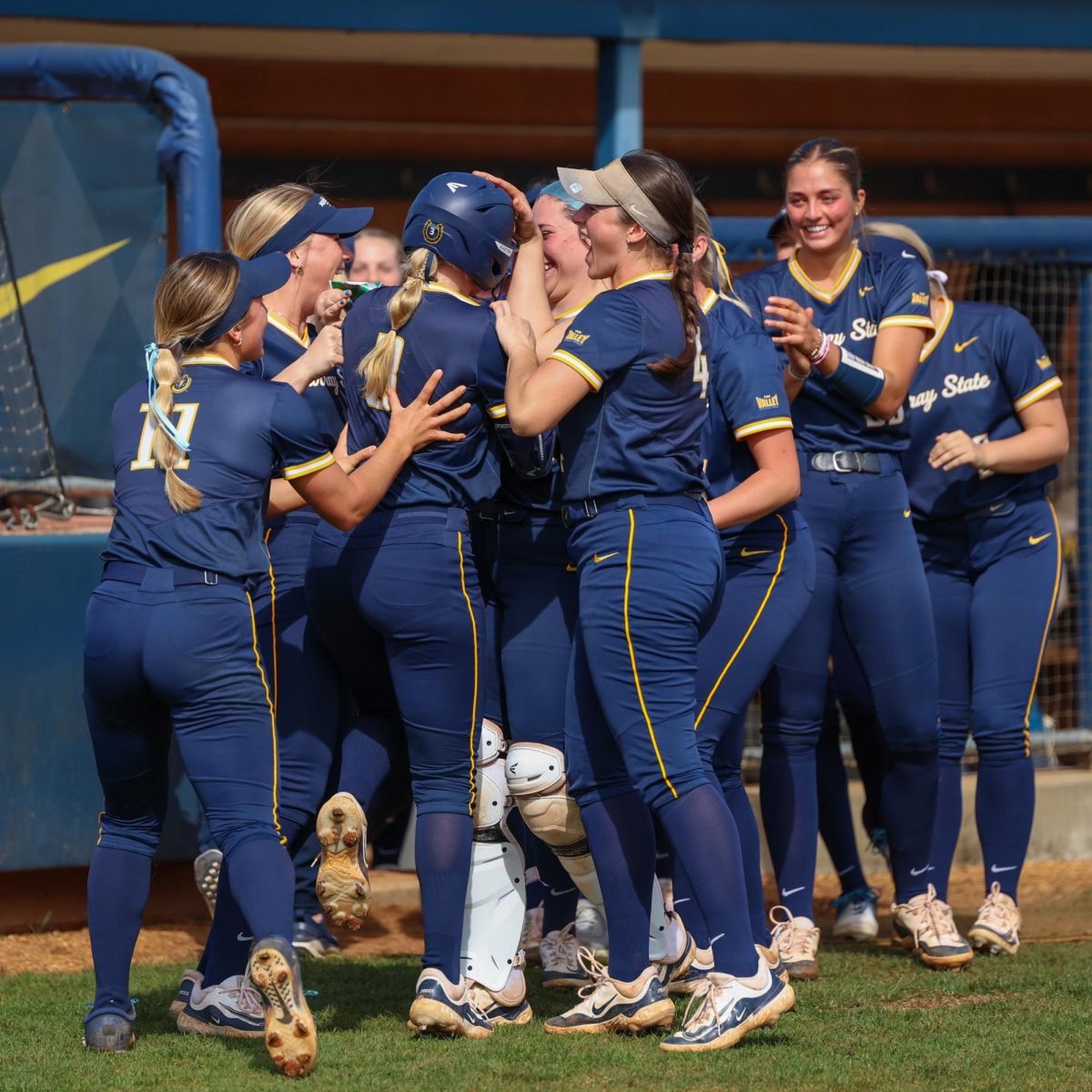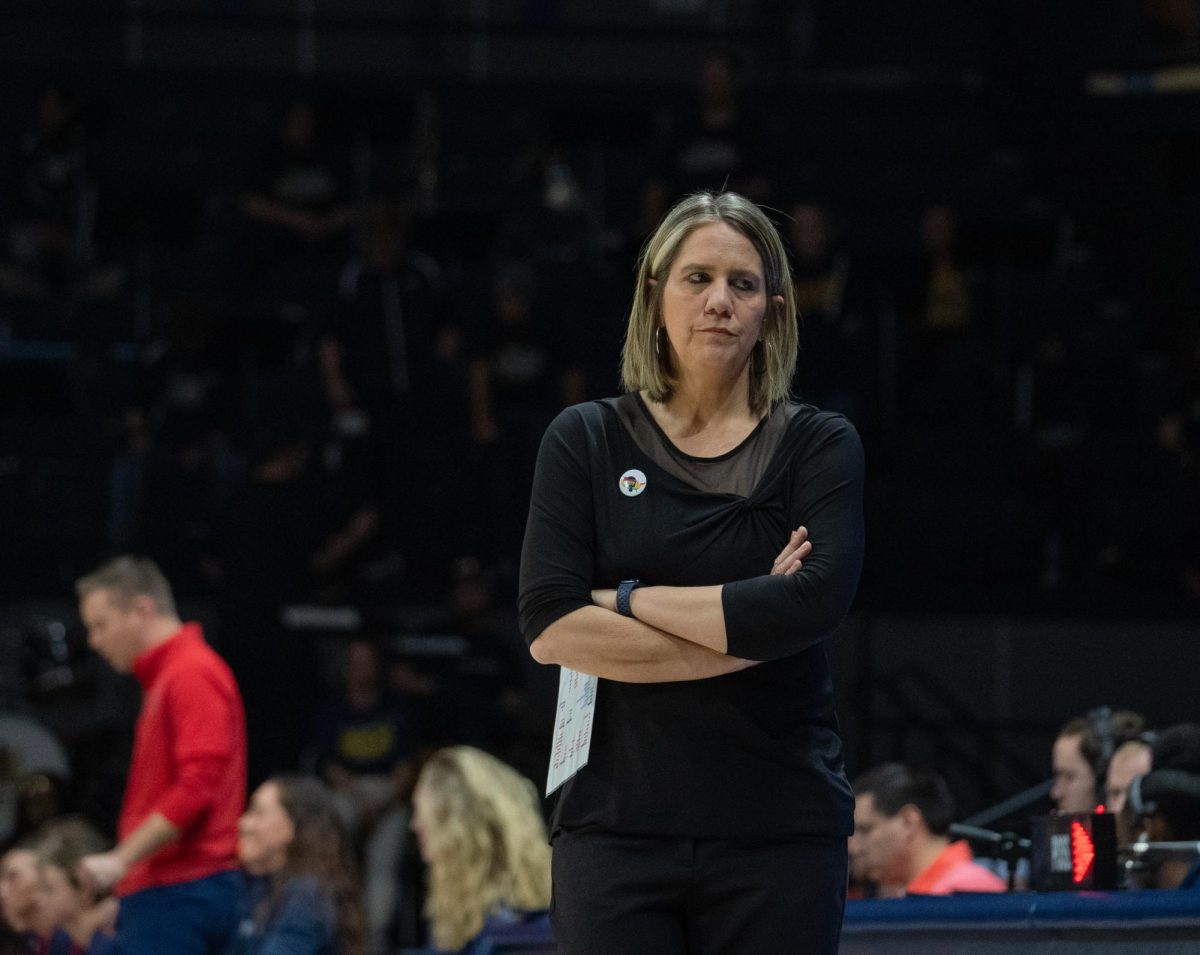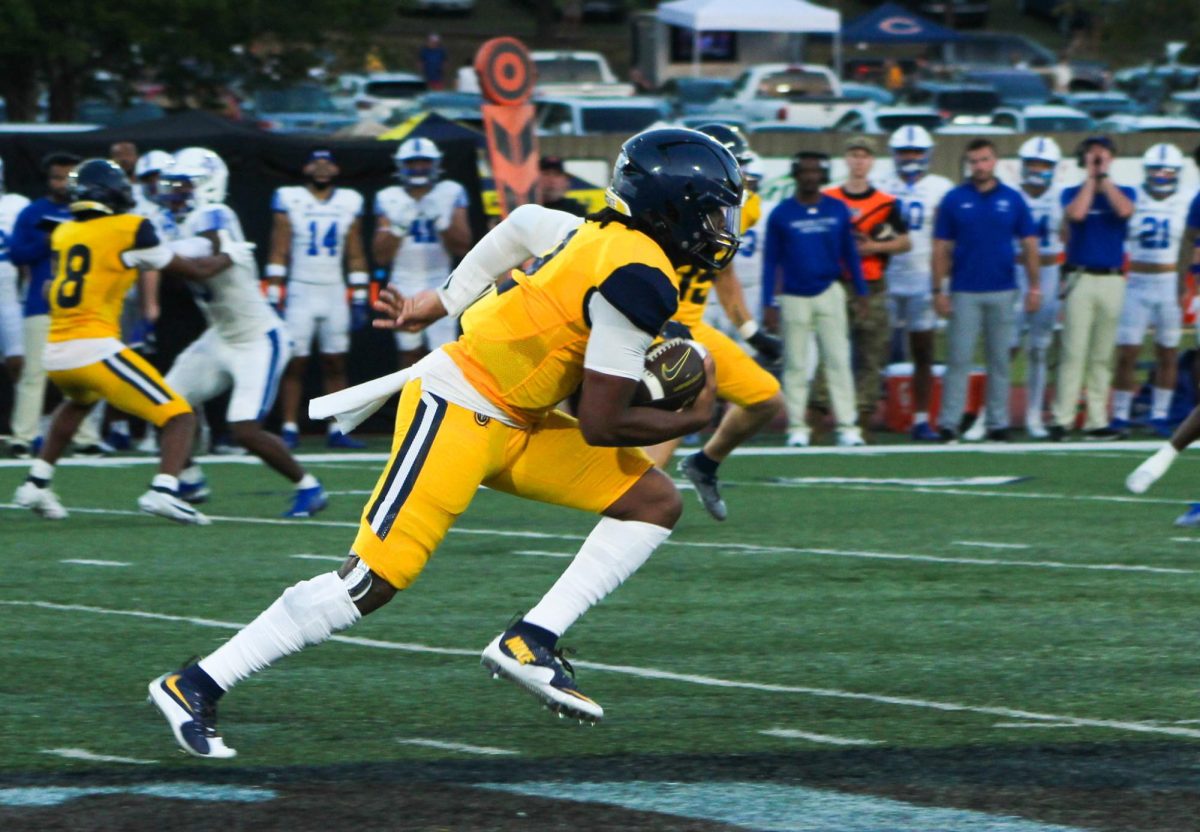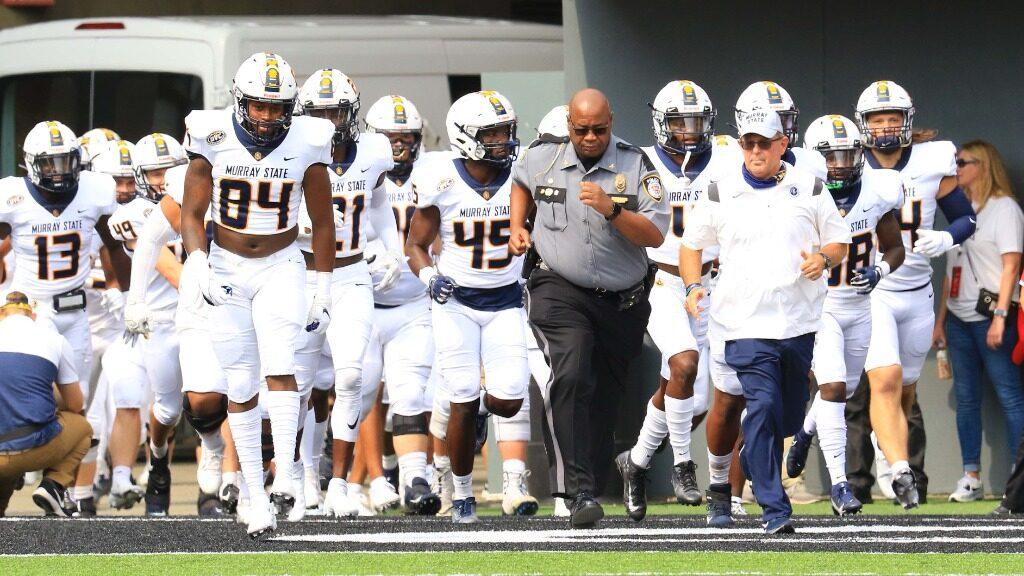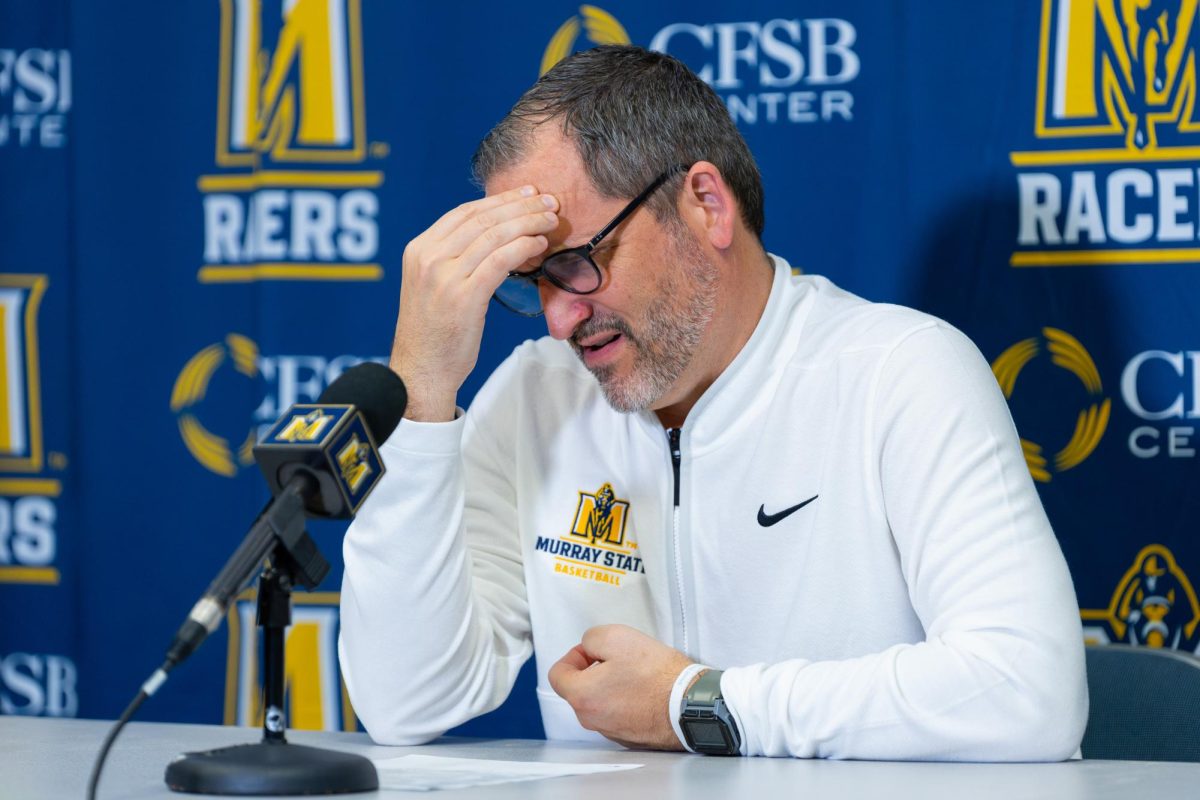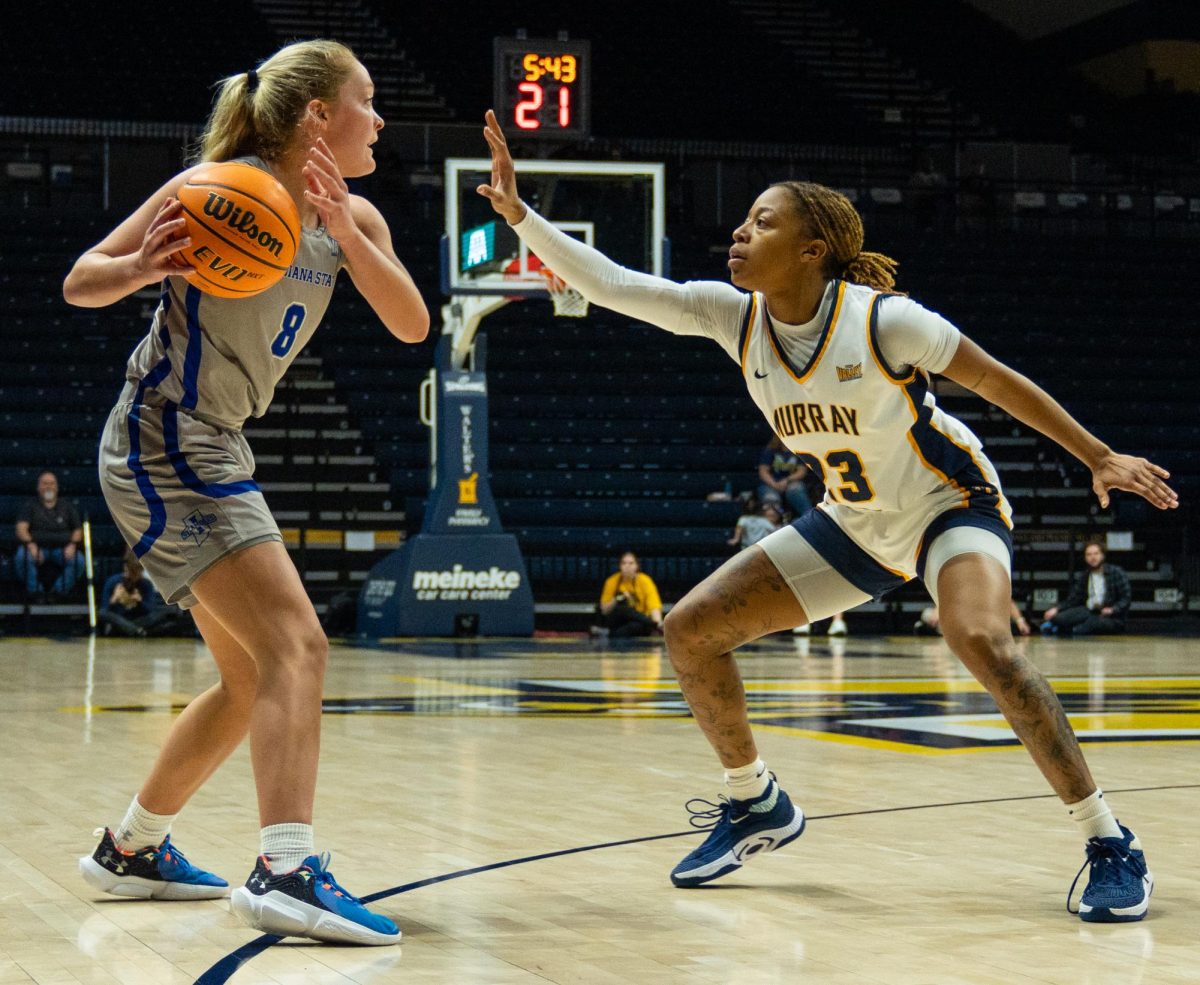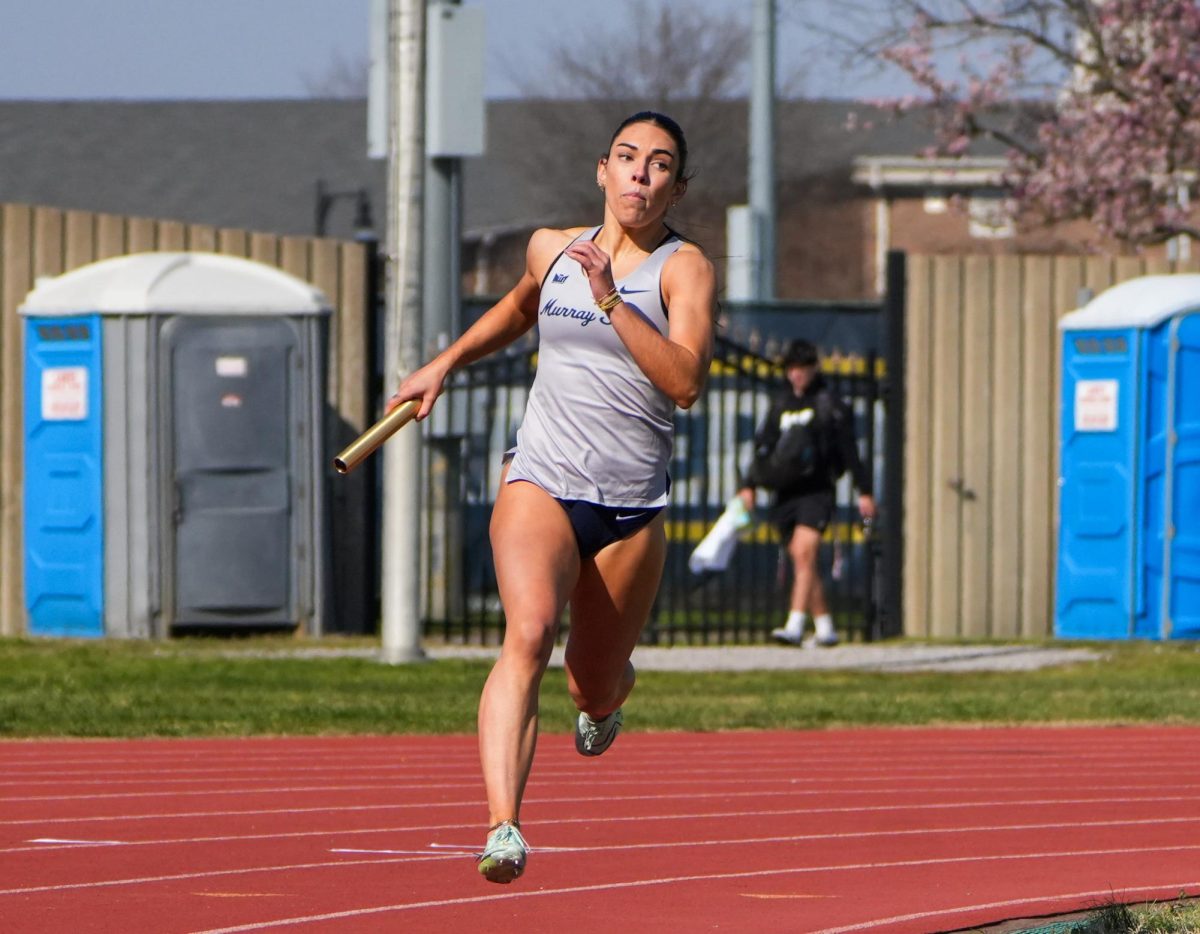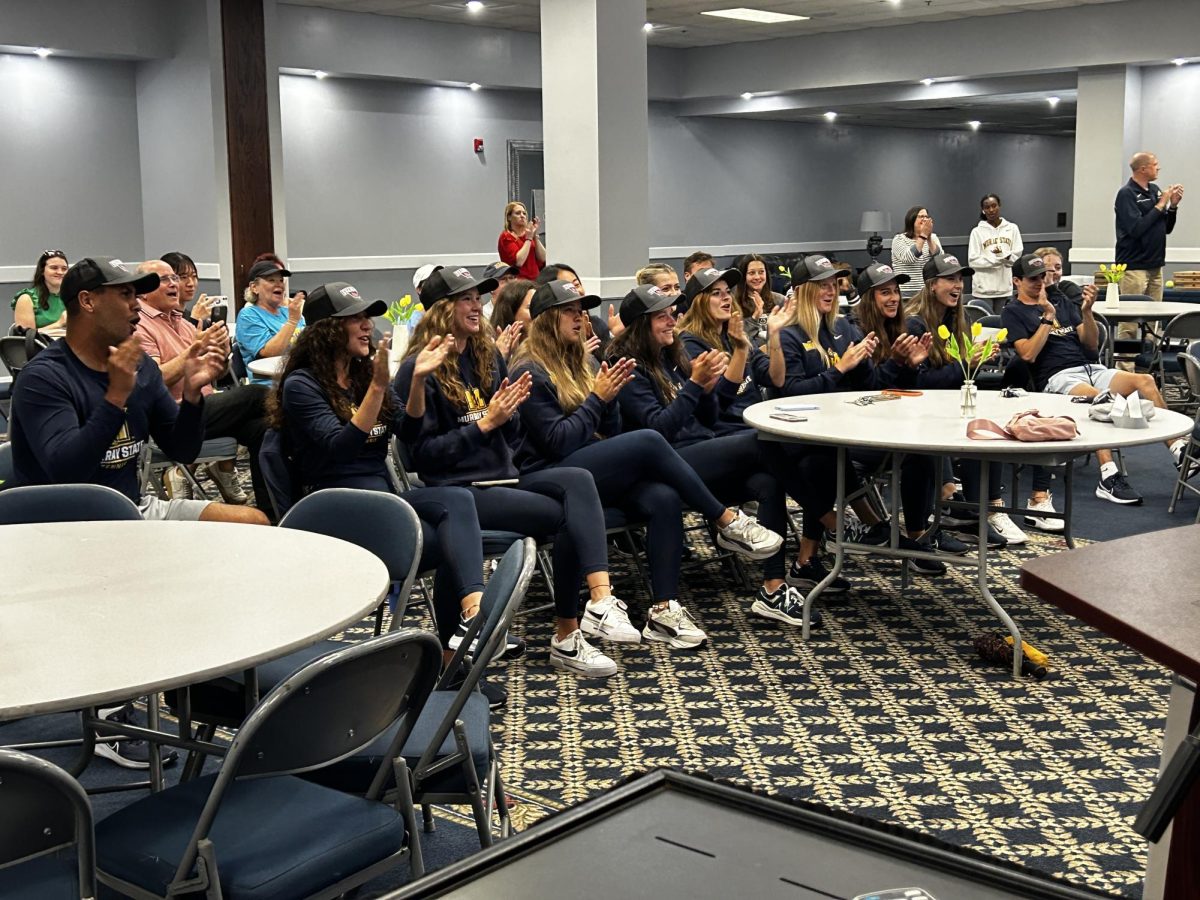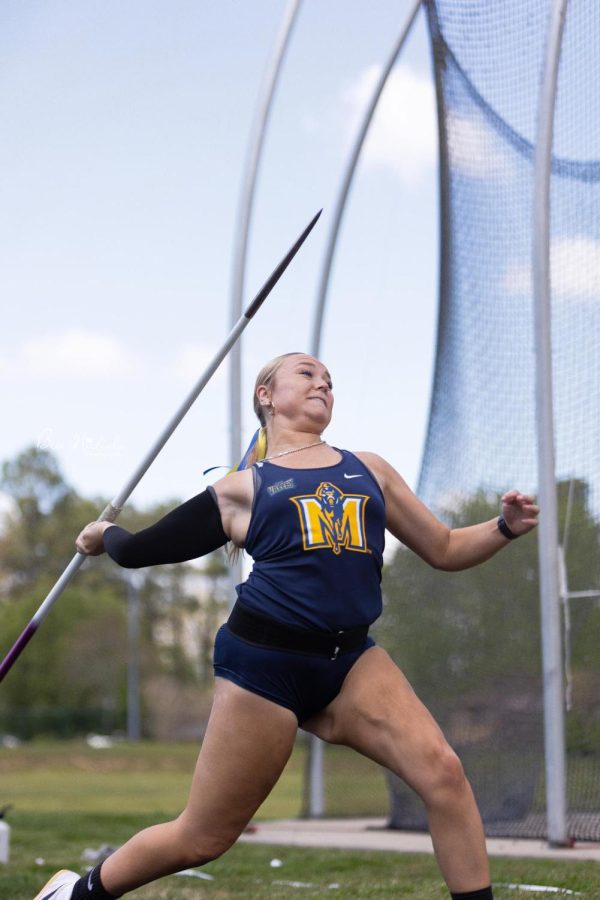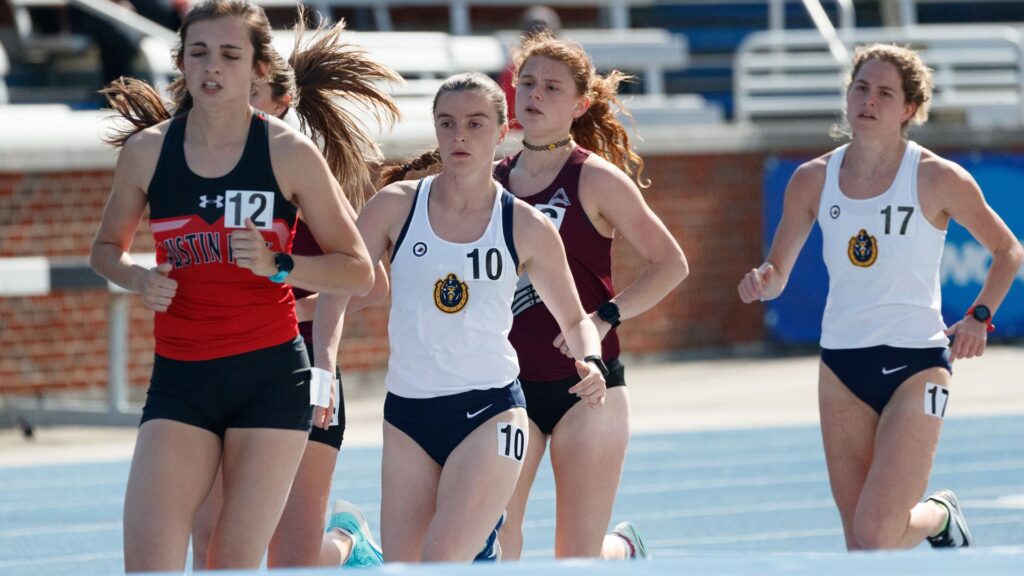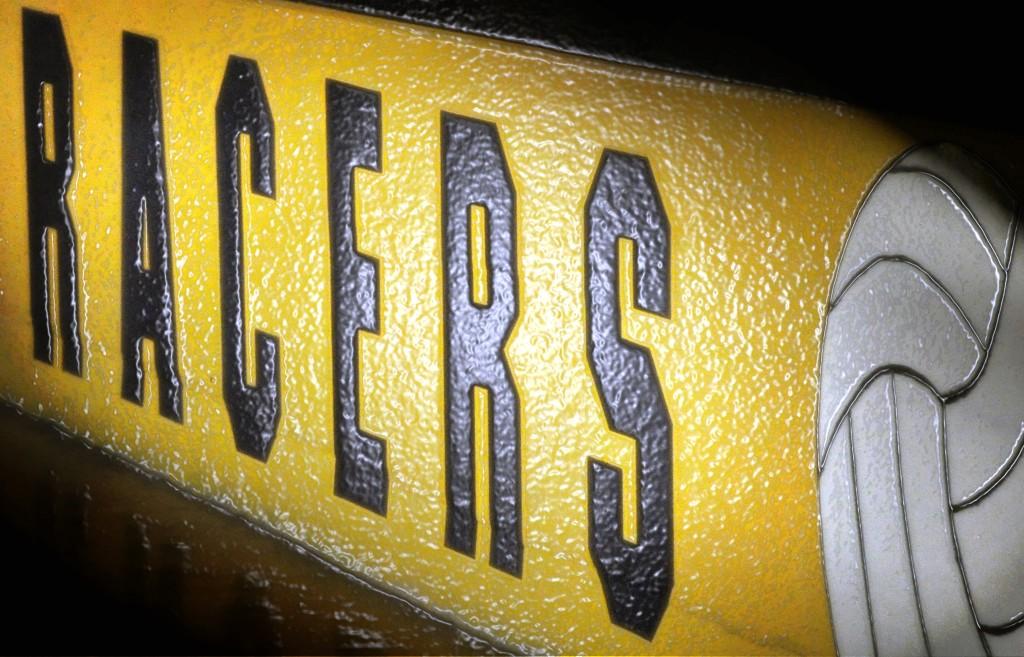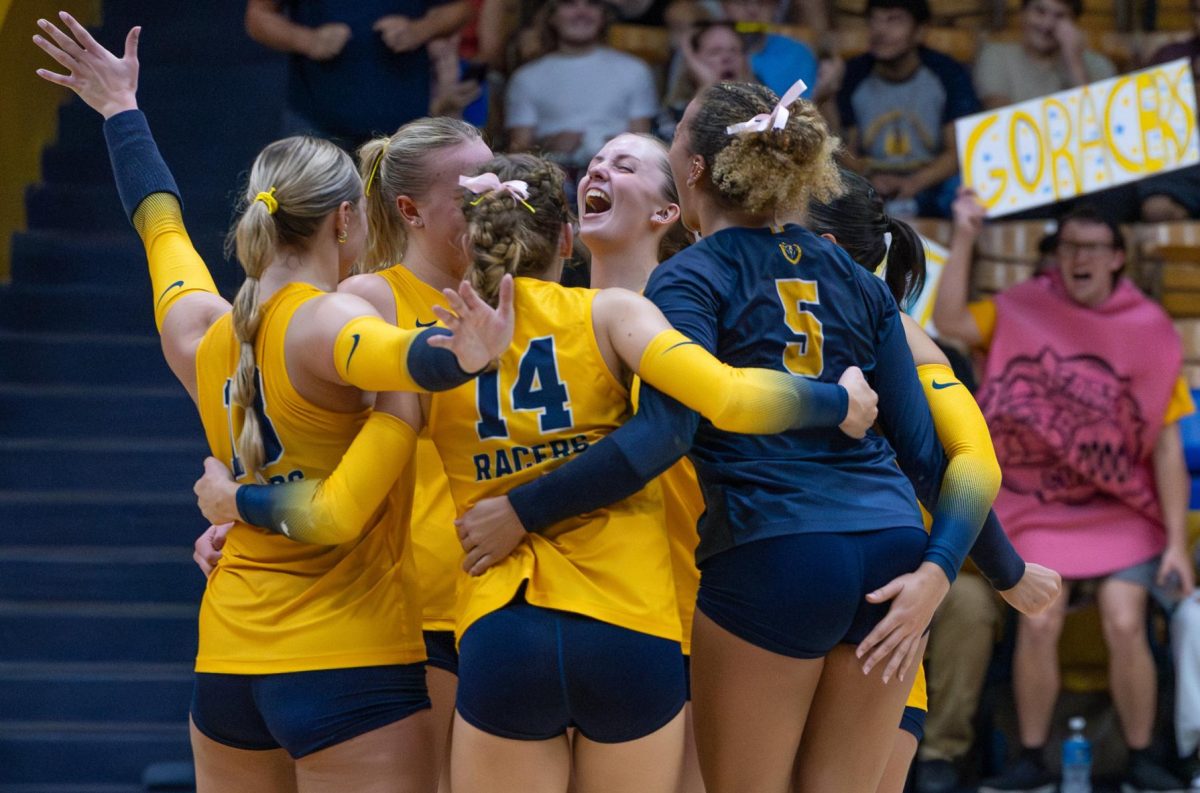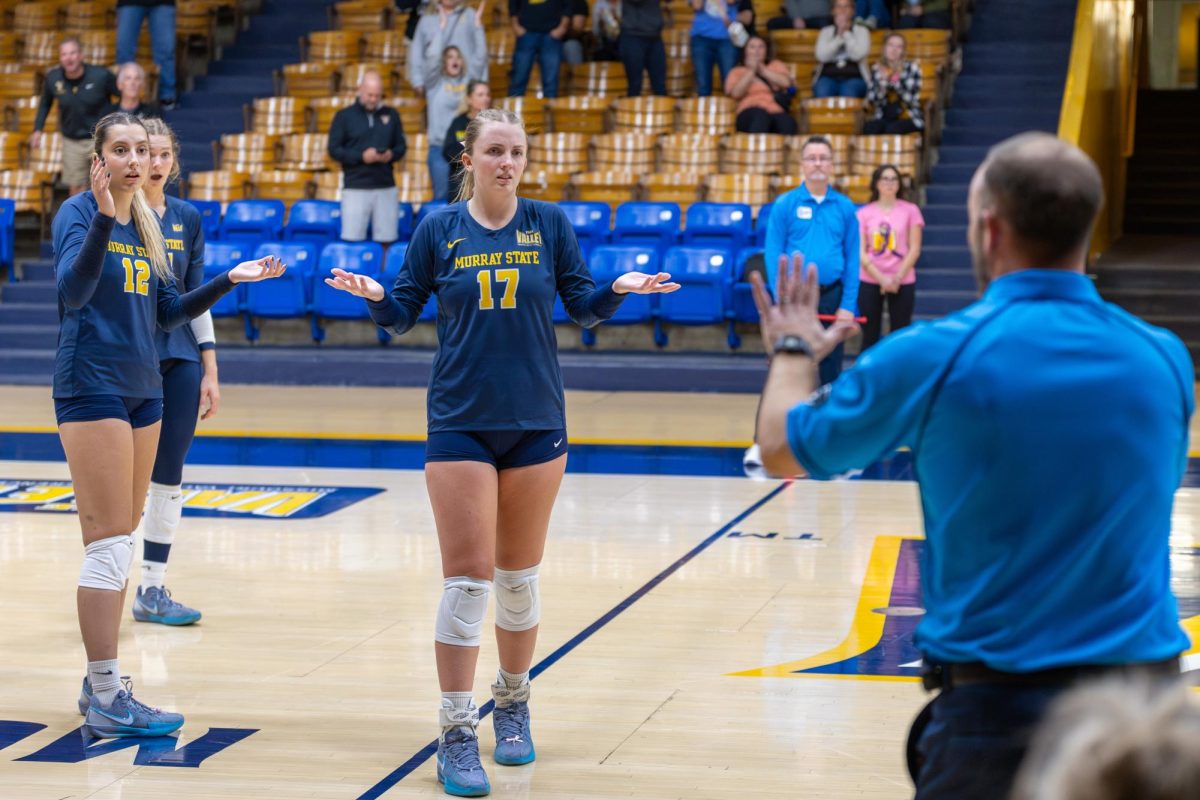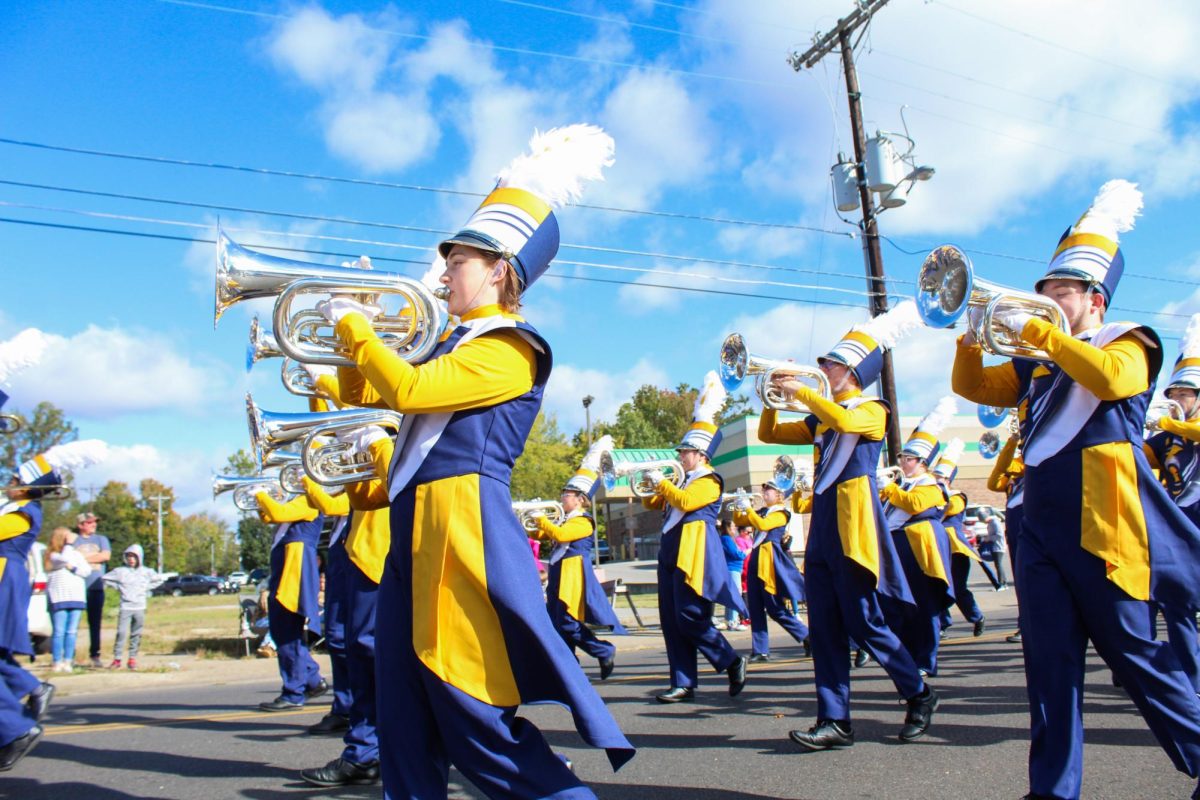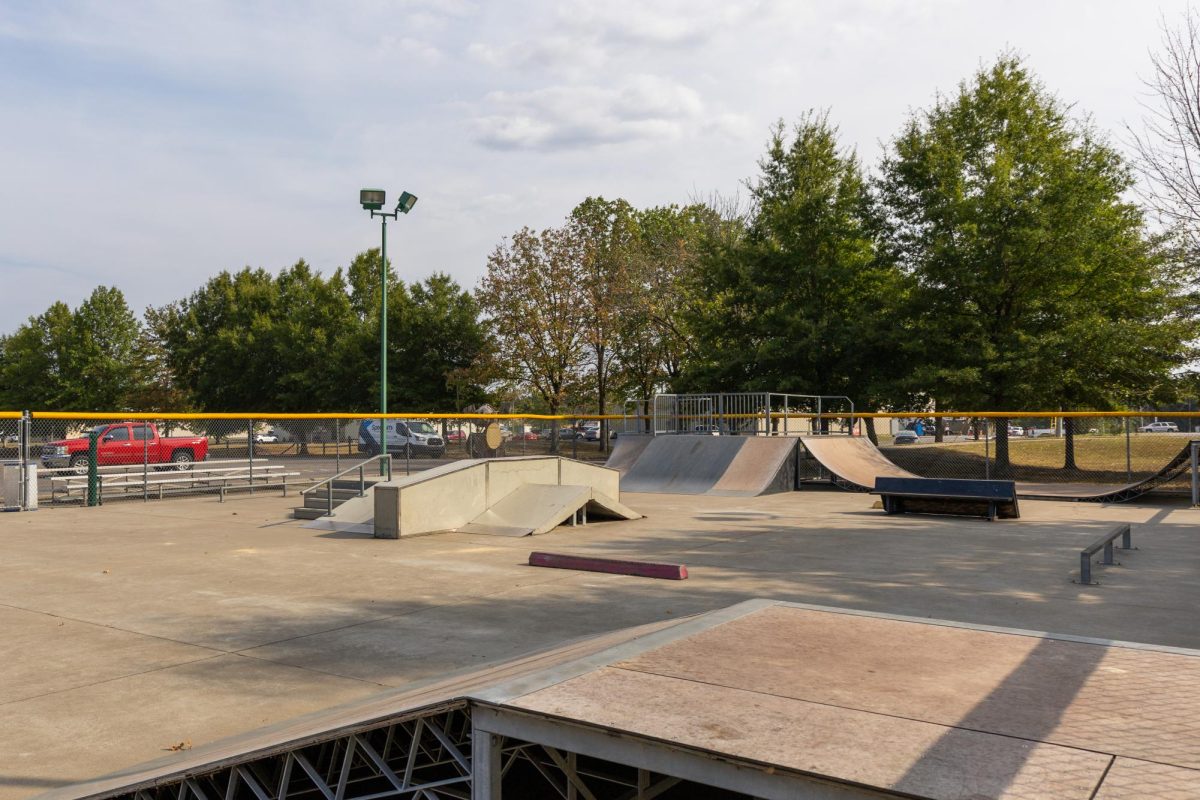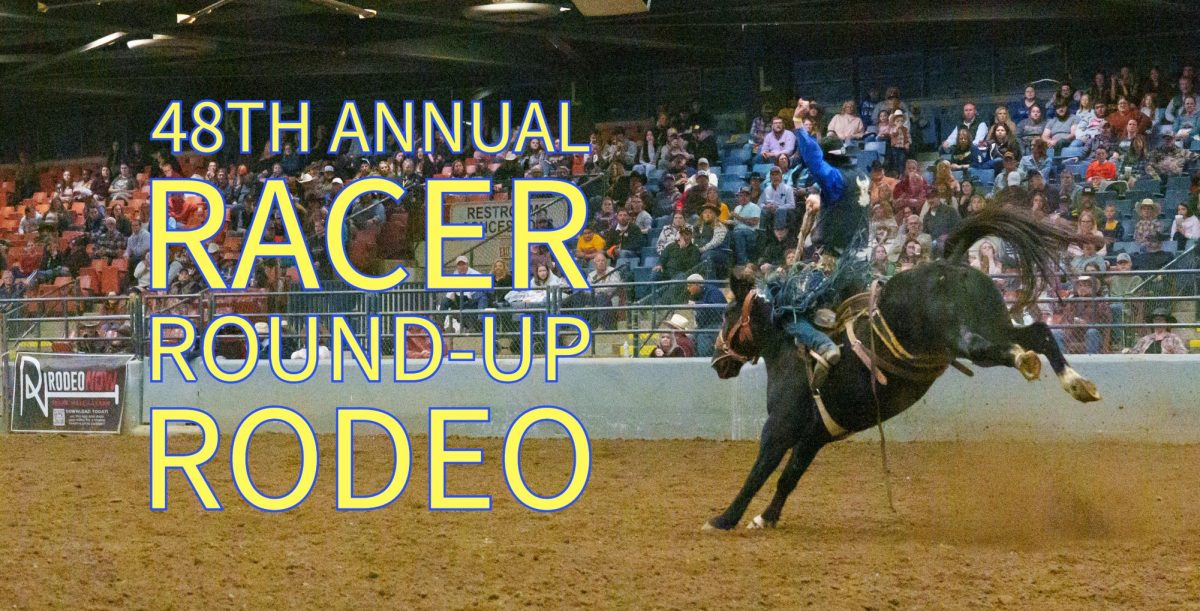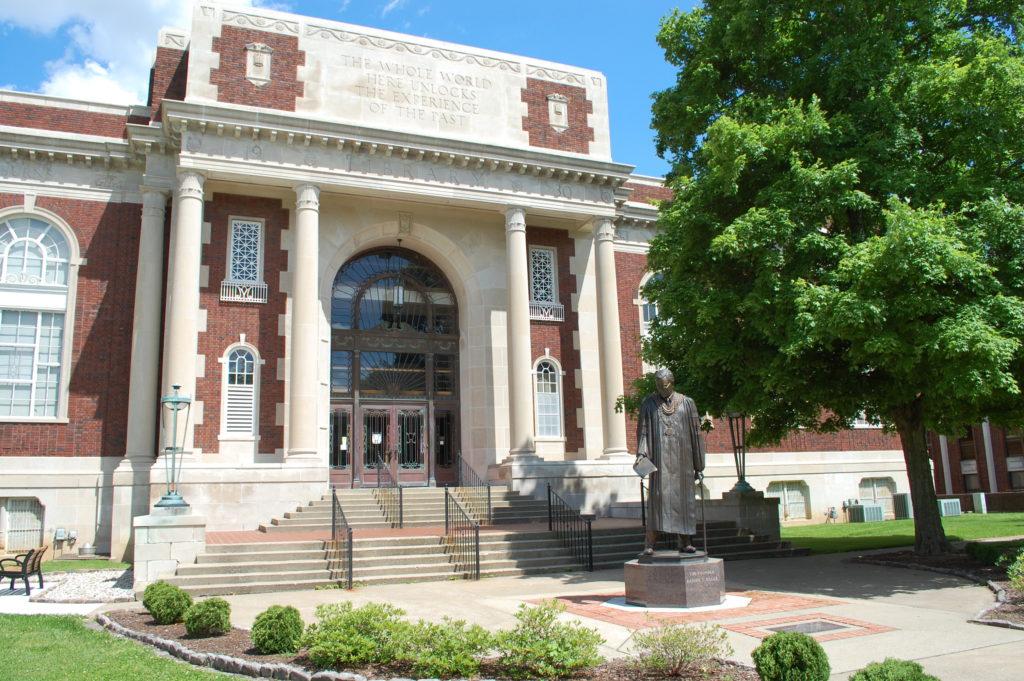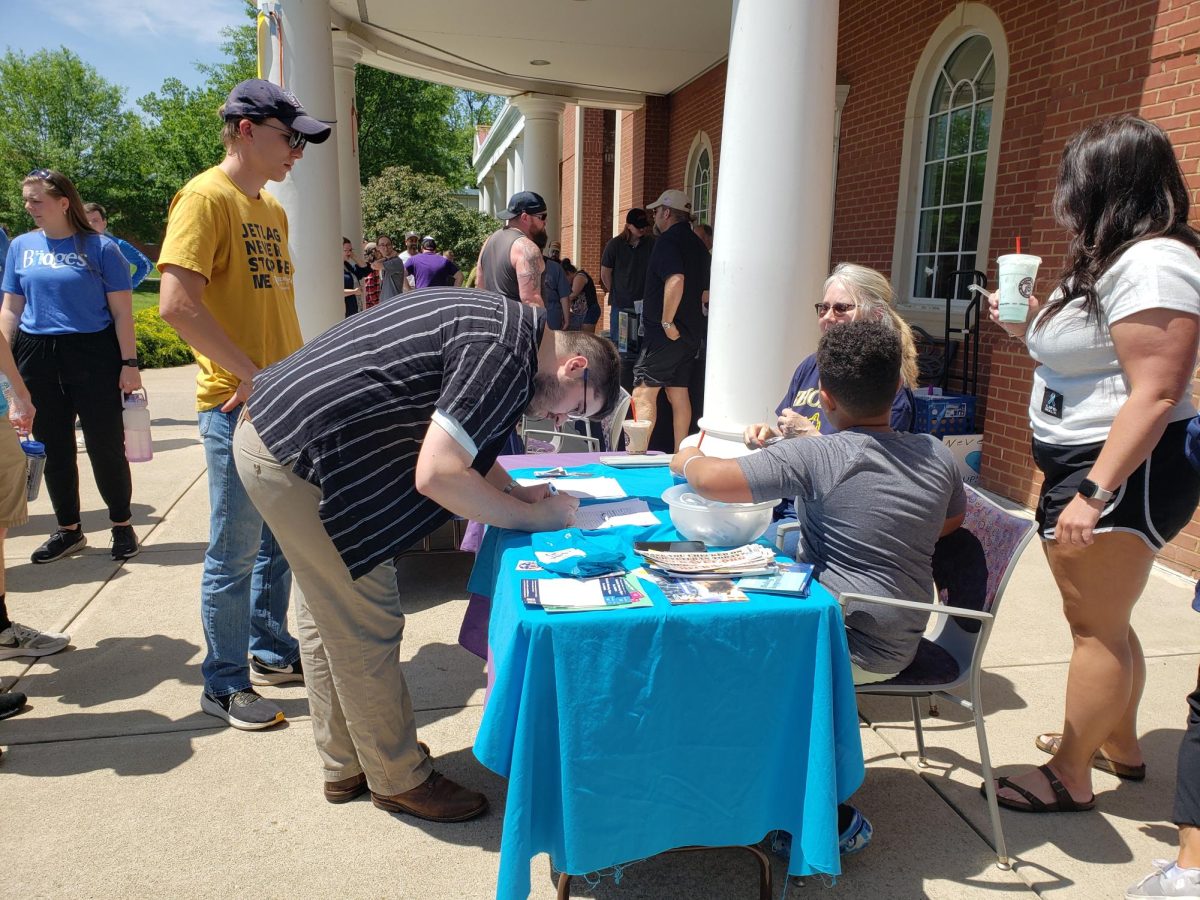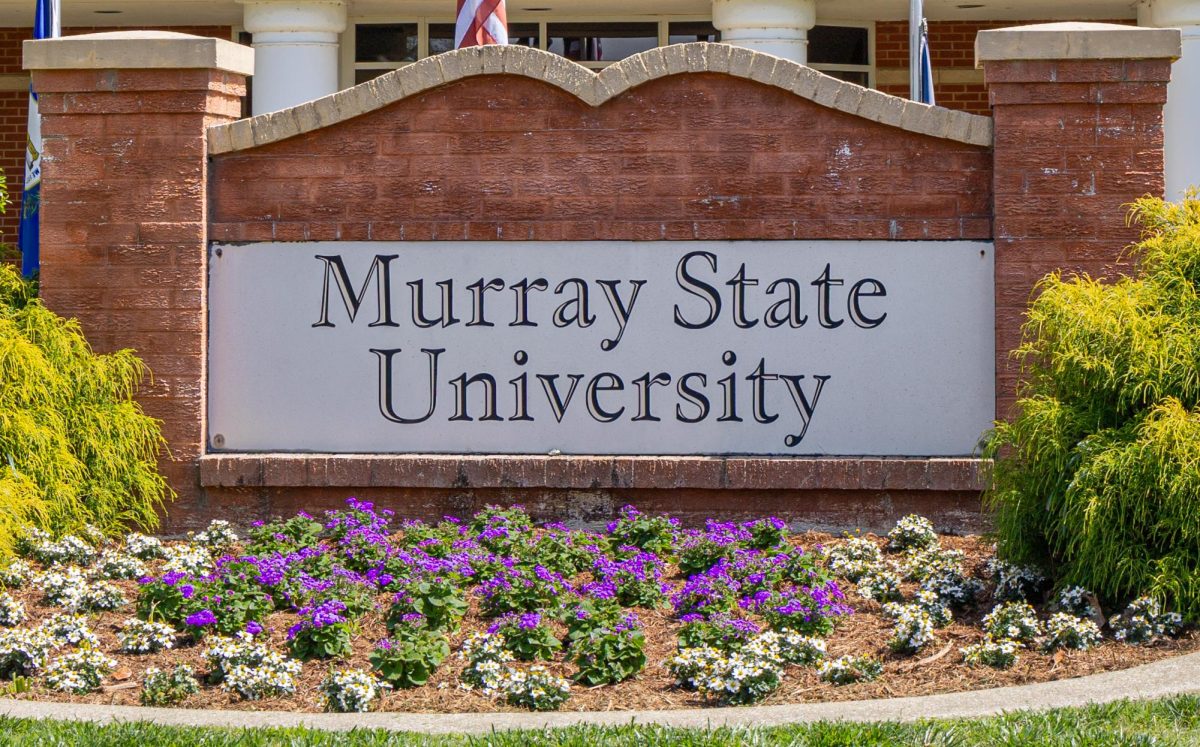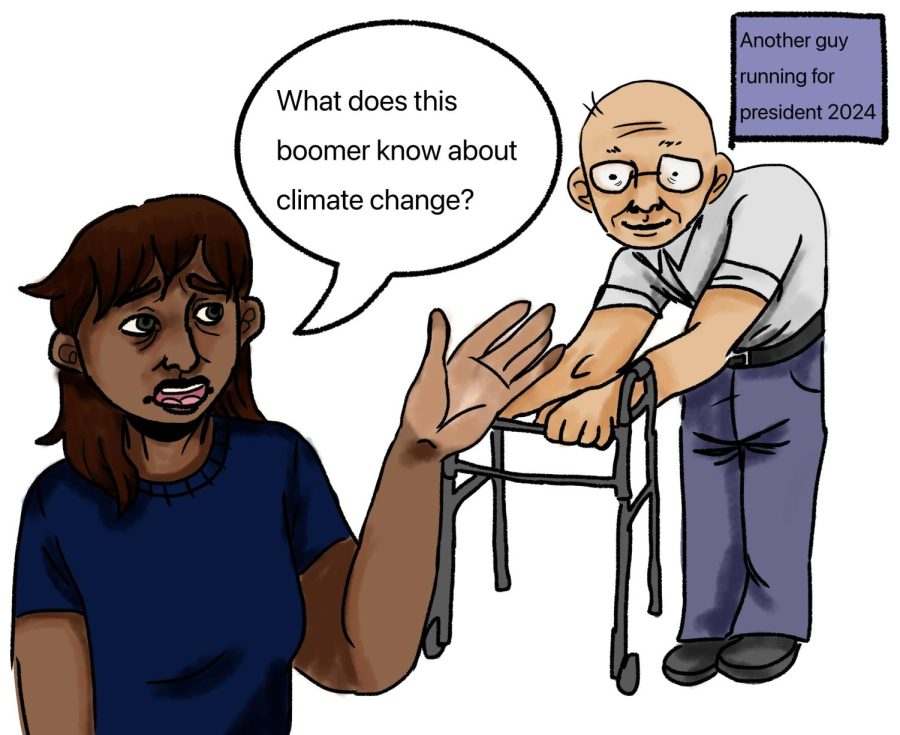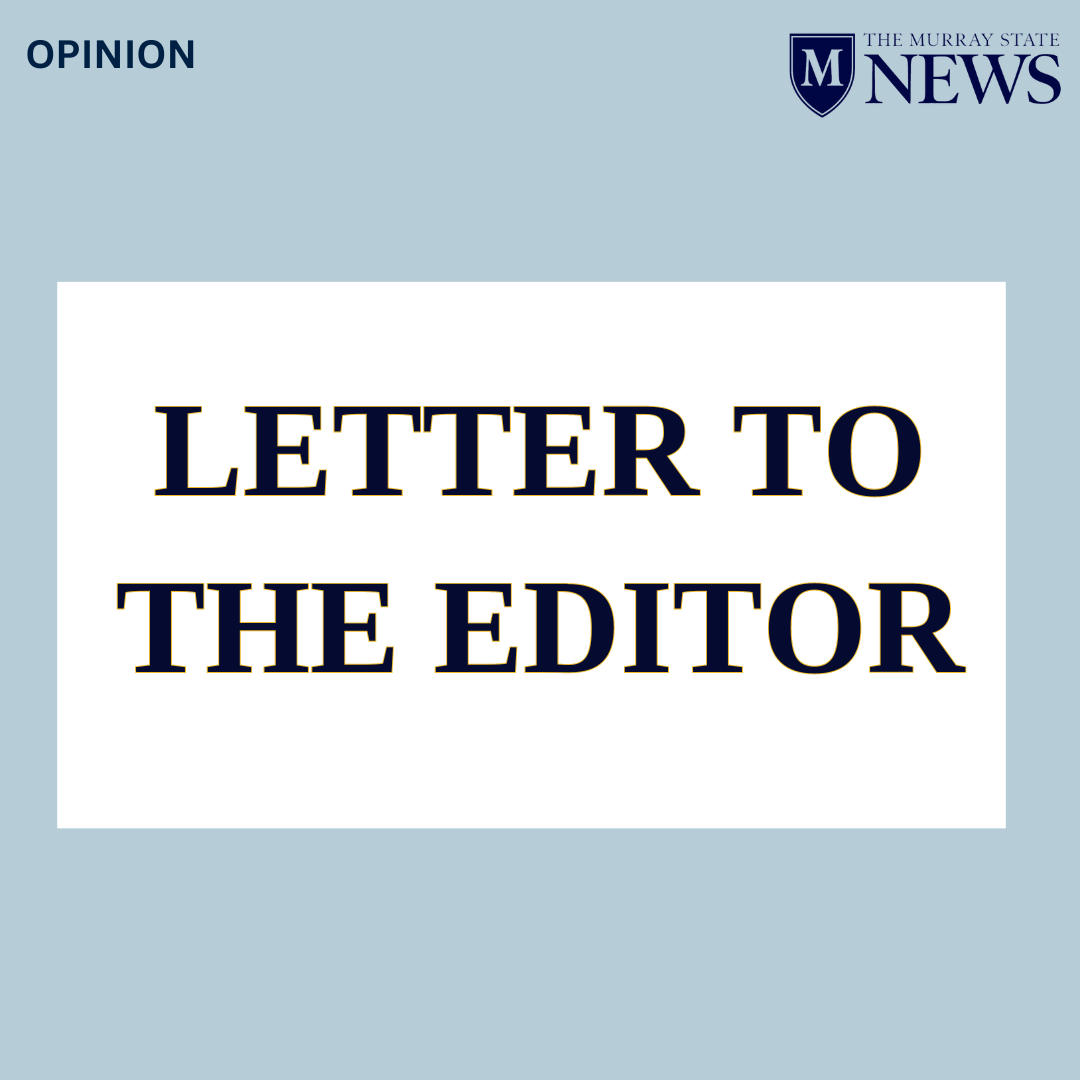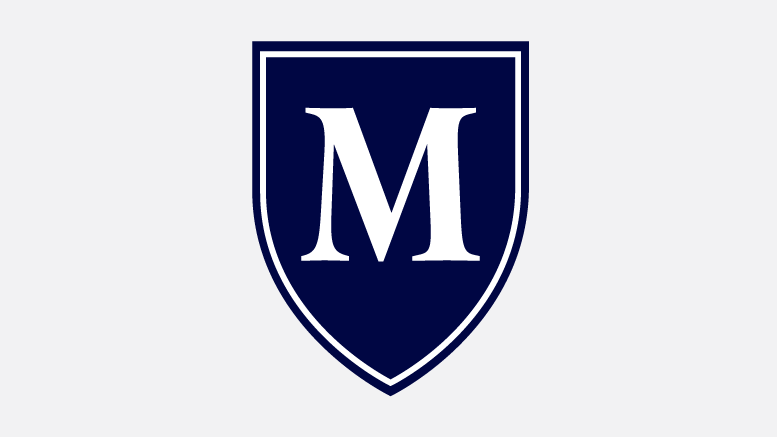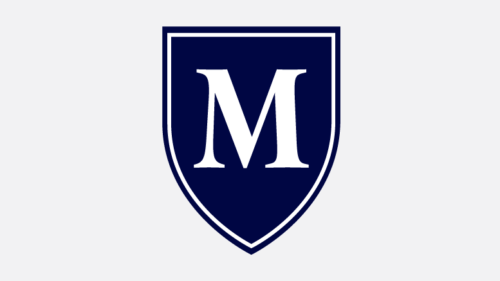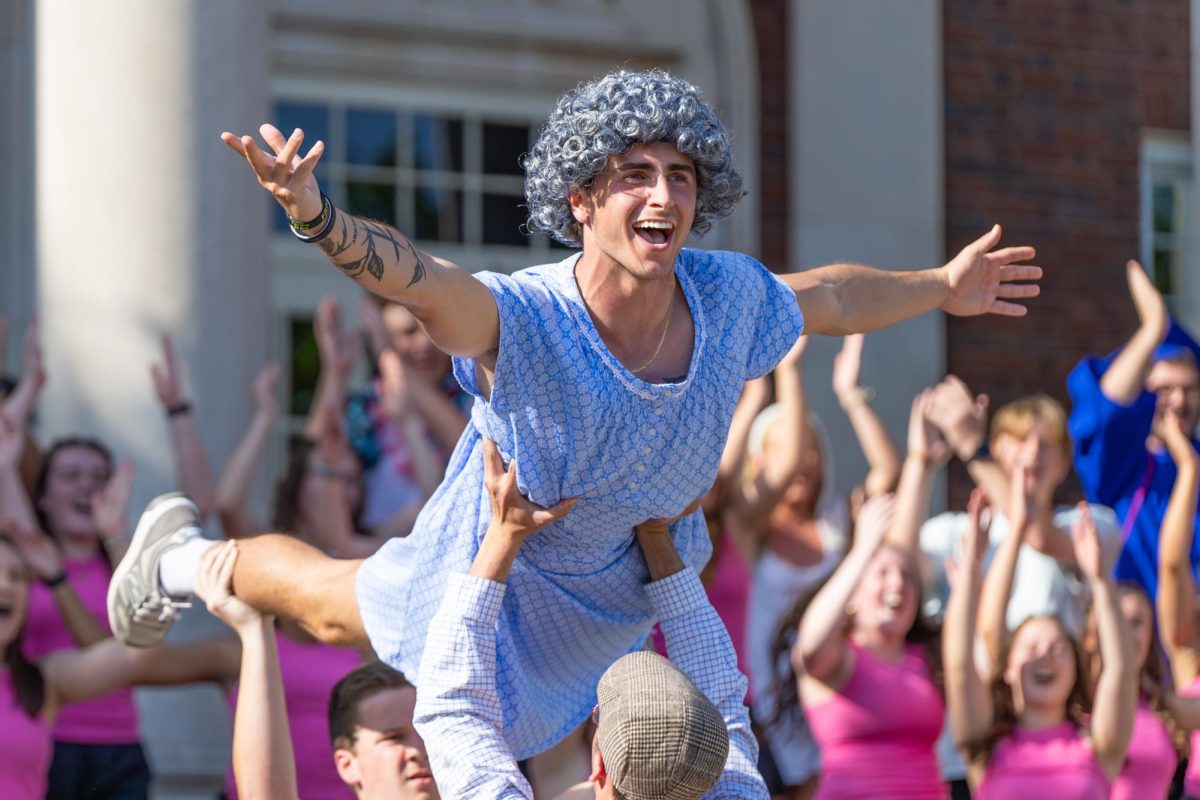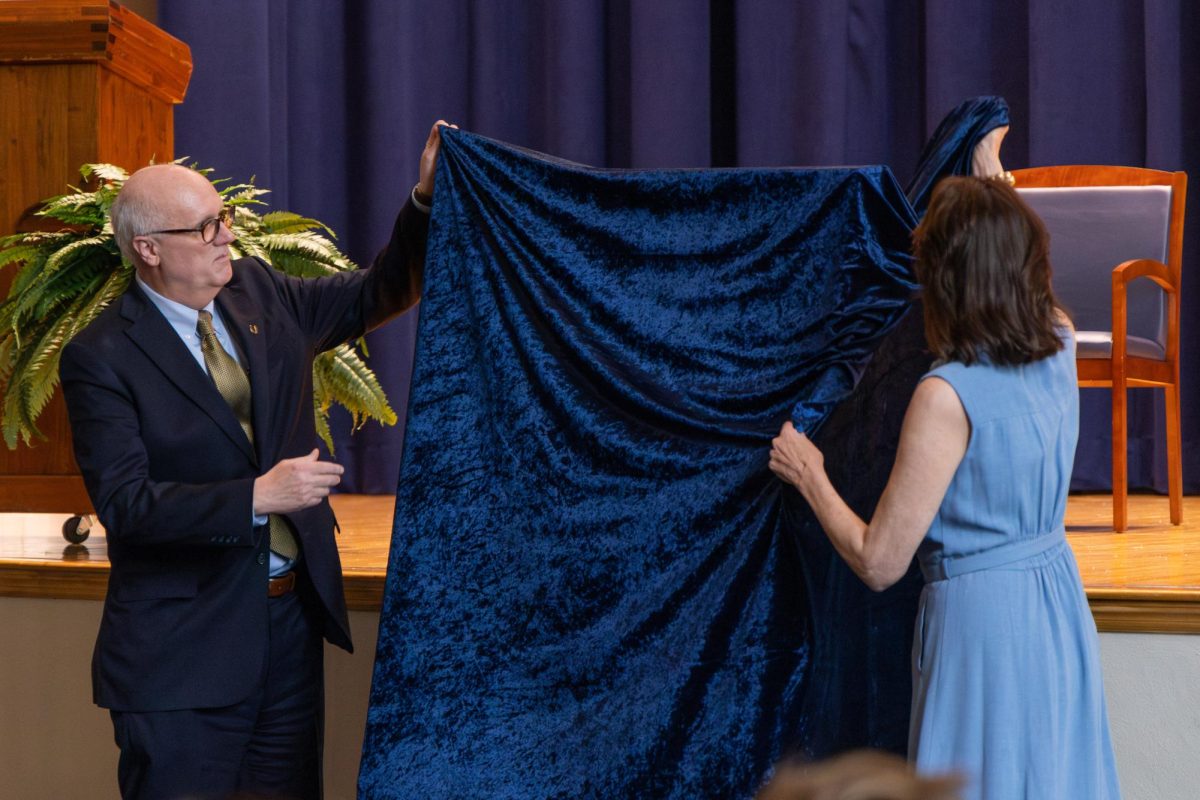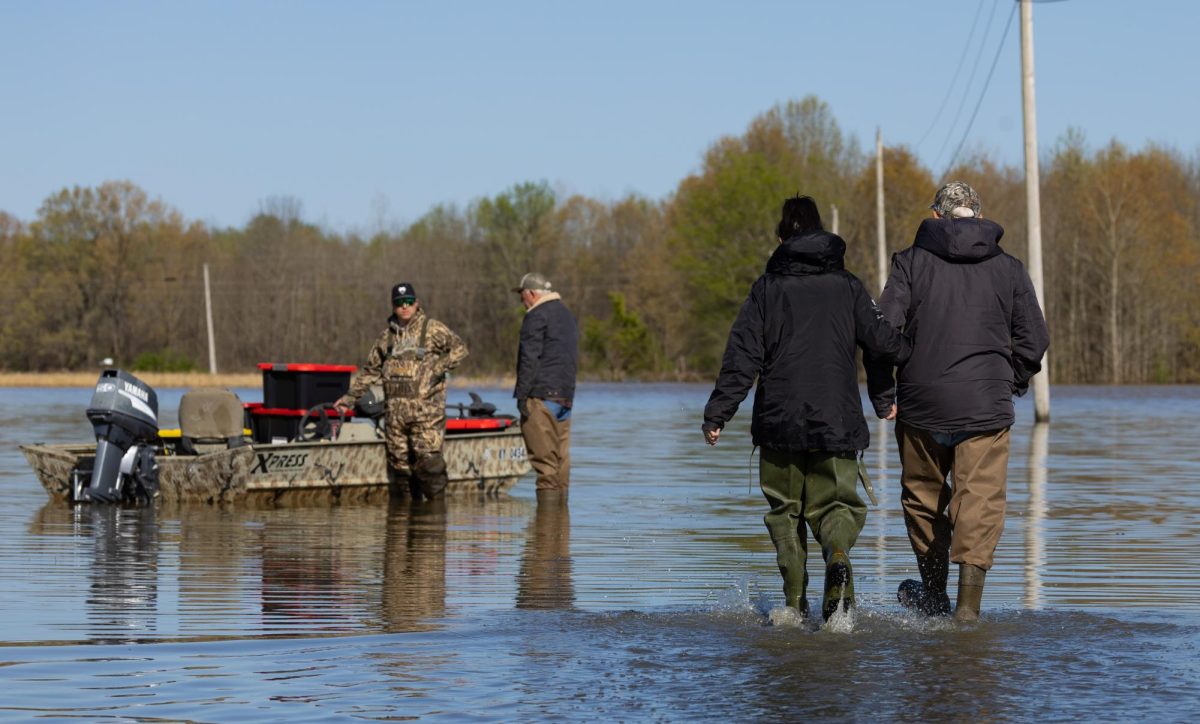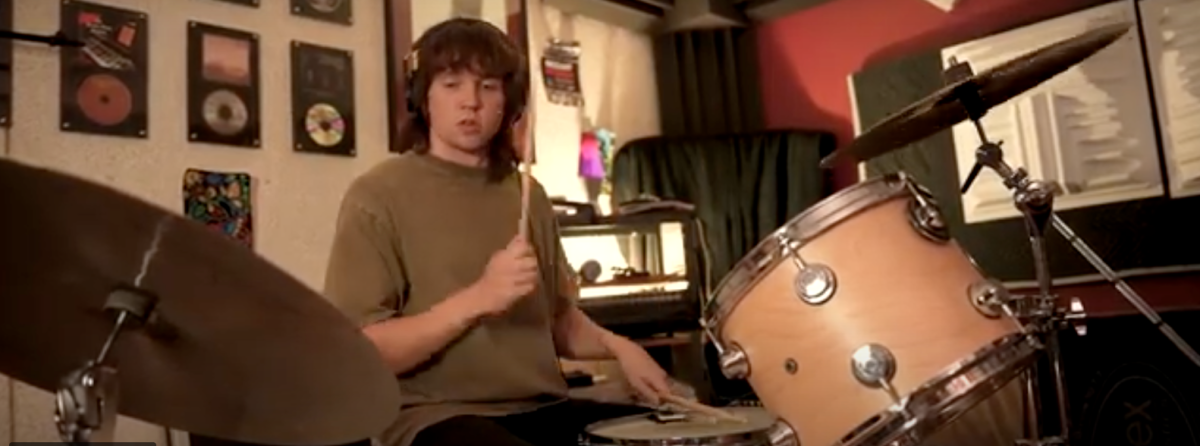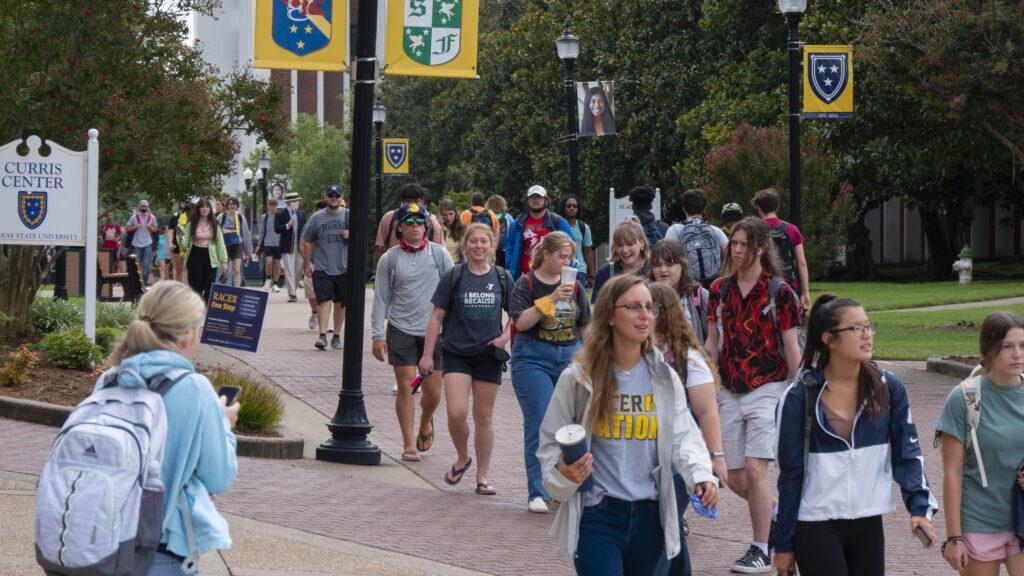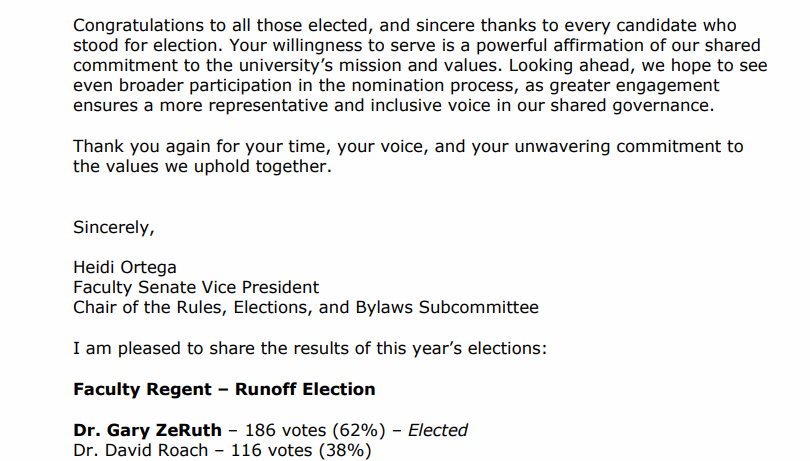Dionte Berry
News Editor
dberry11@murraystate.edu
As COVID-19 cases decreased and vaccines rolled out, masks came off and it almost felt as though the end of the pandemic was in sight. That optimism was overtaken by virus variants, small vaccination numbers and nationwide case increases.
Upon leaving for summer break, students and faculty thought the Fall 2021 semester might be reminiscent of Fall 2019. However, a surge in COVID-19 cases resulted in a revision of masking guidelines.
The CDC declared most of the state of Kentucky to be a high transmission zone. A high transmission zone means that the probability for one to get COVID-19 in this area is high.
Calloway County went from being a low transmission zone to a high transmission zone along with most of Kentucky.
On July 27, the CDC revised their guidelines, recommending masks for all people no matter their vaccination status in indoor and highly transmissible settings.
Following this announcement, state guidelines were called into question. With the beginning of the school year right around the corner, Gov. Andy Beshear signed an executive order on Aug. 10 mandating masks for K-12 grade schools; however, he has since rescinded it.
“We are in the midst of the fastest surge that we have ever seen during COVID right now. This move is supported by medical organizations, local health department leaders, businesses and education leaders,” Beshear said.
Along with masking, Beshearalso made statements on vaccinations. He said unvaccinated Kentuckians face an even larger risk now that the Delta variant is in Kentucky.
“The Delta variant is the most aggressive, and it looks like it may be the most deadly form of COVID-19 that we have faced,” Beshear said. “If you are unvaccinated, you are at the very greatest risk that you have been at since the start of the pandemic.”
Beshear takes into account the opinions on Kentucky healthcare leaders that have been important figures throughout the pandemic. One figure who has played an important role in spreading COVID-19 and vaccine information in Calloway County is Chief Medical Officer for Murray State Student Health Services Bob Hughes.
“Calloway County’s vaccination rate is not good enough for herd immunity,” Hughes said. “We need to be at around 75 or 85% for these variants.”
Hughes said the variants are the biggest factor of this second surge and should not be taken lightly. Hughes has found multiple variants that are far more contagious than the native COVID-19 while conducting COVID-19 tests.
“The contagiousness of the Delta Variant is eightfold over the native Coronavirus,” Hughes said. “The amount of viral particles in your bloodstream is one millionth fold higher, so the distances become suspect.”
With this extreme level of contagiousness, Hughes said the vaccine is crucial to stopping these variants from spreading and possibly making another variant that could have a higher breakthrough rate for those who are vaccinated.
In explaining the importance of vaccination, Hughes compared the COVID-19 Pandemic to the 1918 Flu Pandemic.
“When the second wave of the virus came during the Pandemic of 1918 it was a much more lethal form,” Hughes said. “I am not saying that will happen with COVID-19, but the longer we let this lay around without getting vaccinated the greater the risk of something like that happening.”
In response to the resurgence of COVID-19 on campus, masking guidelines have been changed. On Aug. 4, Jackson sent an announcement to faculty, staff and students.
“Face masks and coverings will be required indoors, for all individuals, vaccinated and unvaccinated, in all campus locations, including classrooms,” Jackson wrote. “This includes visitors to campus and applies to all Murray State buildings in all locations.”
The Kentucky Council on Postsecondary Education made an agreement on masking guidance.
“All of Kentucky’s public colleges and universities will require face coverings to be worn in all campus buildings, by both vaccinated and unvaccinated individuals,” the agreement said.
Jackson’s signature was among all other Kentucky public university presidents’.
“Around a month ago, the world, the country and Kentucky looked a lot different than it does today which shows how the Delta Variant has been spreading quickly,” Jackson said. “From commencement in May through June to the early part of July was very good and then the variant quickly changed that.”
The mask mandate on campus is subject to change depending on COVID-19 rates in Calloway County.
“We are now into month 17 of the pandemic so we have relied on the CDC very closely,” Jackson said. “The CDC has four levels: blue, yellow, orange, and red. Most of Kentucky is red, if we could get down to yellow or blue we can possibly consider changing masking guidelines”
The colors on the map represent different levels of COVID-19 transmission. Blue is low, yellow is moderate, orange is substantial and red is high level of transmission.
Calloway County is currently considered a high transmission space by the CDC and is highlighted in red. Jackson wants Murray to become a low transmission zone as soon as possible and he said he believes that can be done so with masking and vaccines.
“The key to this is vaccinations, which is the best tool and defense we have against this virus,” Jackson said. “Calloway County is a little under the national vaccination average so we are going to be pushing vaccines very hard.”
When it comes to pinpointing vaccination rates on campus, that can be hard considering a large number of students do not live in Calloway County and would not be a part of the vaccine count.
“We don’t have the exact information nor does any other college or university. There are estimates that we have and we look at what the rate is in Kentucky and our region and what Calloway County is and that is our best information,” Jackson said.
According to the CDC, Calloway County is around 37.10% fully vaccinated. For a space to have herd immunity, the vaccination rate needs to be at a minimum of 70%.
In order to achieve higher vaccine rates, Jackson has plans to push vaccines harder and to provide vaccine options on campus.
Throughout the fall semester, the Moderna COVID-19 vaccine will be available for walk-ins on the first floor of Wells Hall in Primary Care and the first floor of the Curris Center.
“We will be promoting vaccines and educating students, faculty and staff in regards to COVID-19 in any way we can in the days and weeks ahead, that’s how we are going to maintain in-person teaching and student activities,” Jackson said. “Murray State is no different from any other university in the country. We must all work together to beat this disease that we have been battling now for 17 months.”
The Student Government Association has also announced their support for the COVID-19 vaccine. President Ian Puckett announced on Wednesday, Aug. 18, that he and his administration has the goal to end the fall 2021 semester with an 80% on campus vaccination rate.
“Mask mandates are a first good step, but it should not be the only step we need to encourage vaccination for every student at Murray State University. COVID-19 vaccines are safe, they are effective and they will bring an end to this pandemic,” Puckett said in a speech addressing SGA.
Puckett said 80% was chosen because it is a high enough vaccination rate for Murray State to achieve herd immunity.
Since there is not an exact vaccination rate confirmed on campus, incentives have been rolled out in order to grasp that number and to motivate students to get vaccinated.
Students, Faculty and Staff received an email on Monday, Aug. 23, describing Murray State’s new vaccination incentivization.
The specific incentives can be seen in the “Vaccine Incentive” graphic below.
More information concerning COVID-19 cases on campus, vaccination clinics on and around campus, vaccination incentive information and overall campus guidelines can be found at murraystate.edu/racerrestart.


